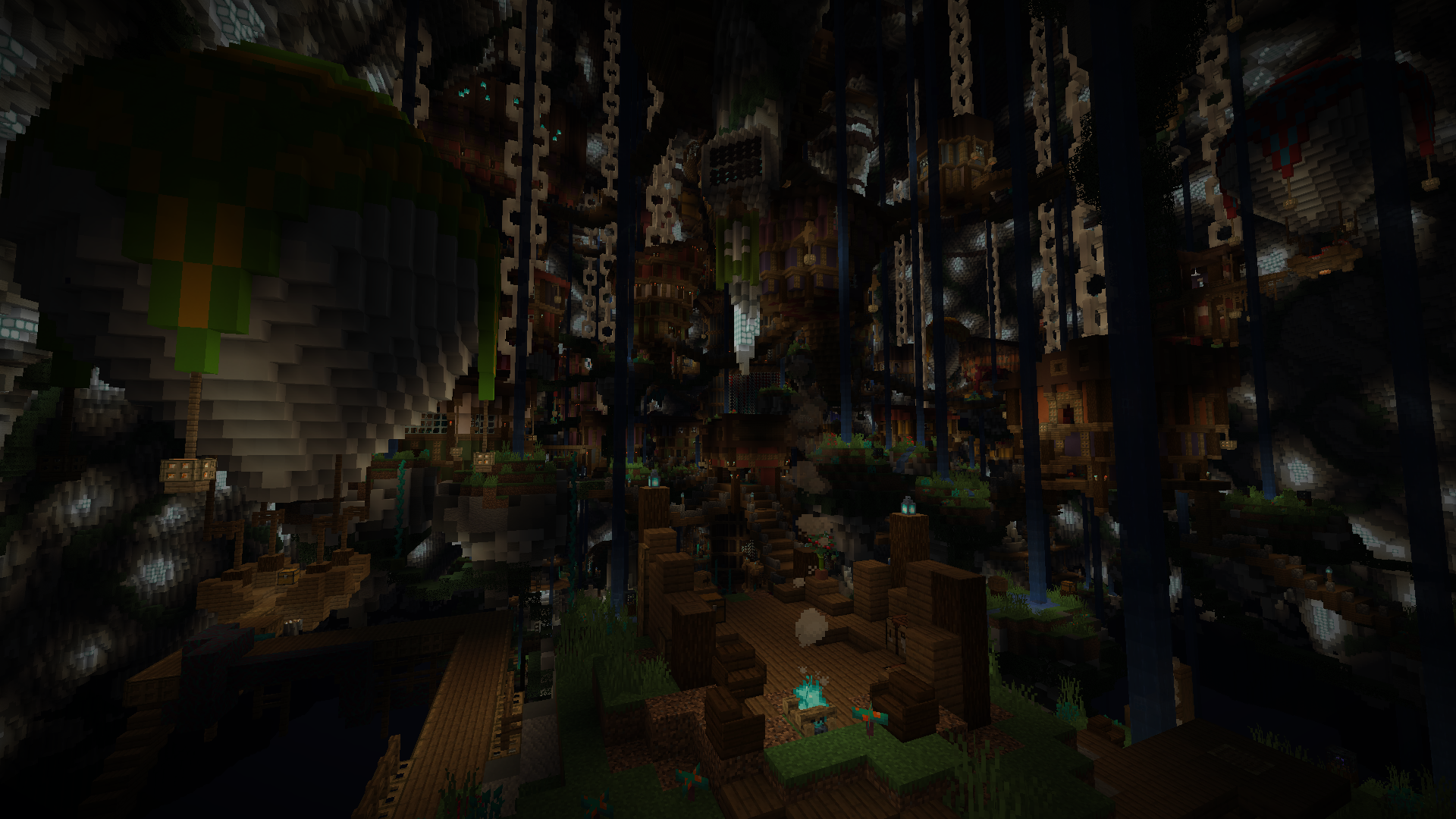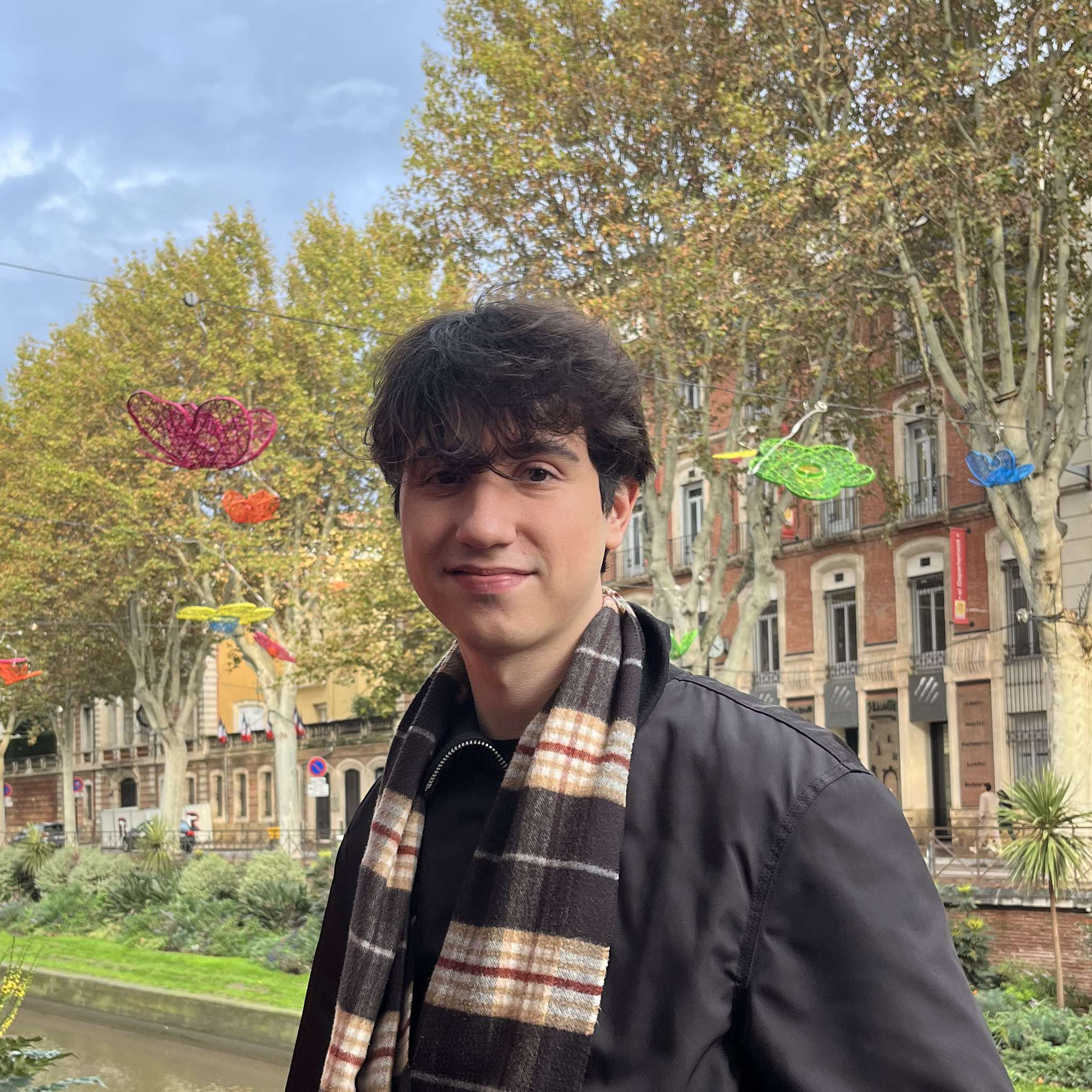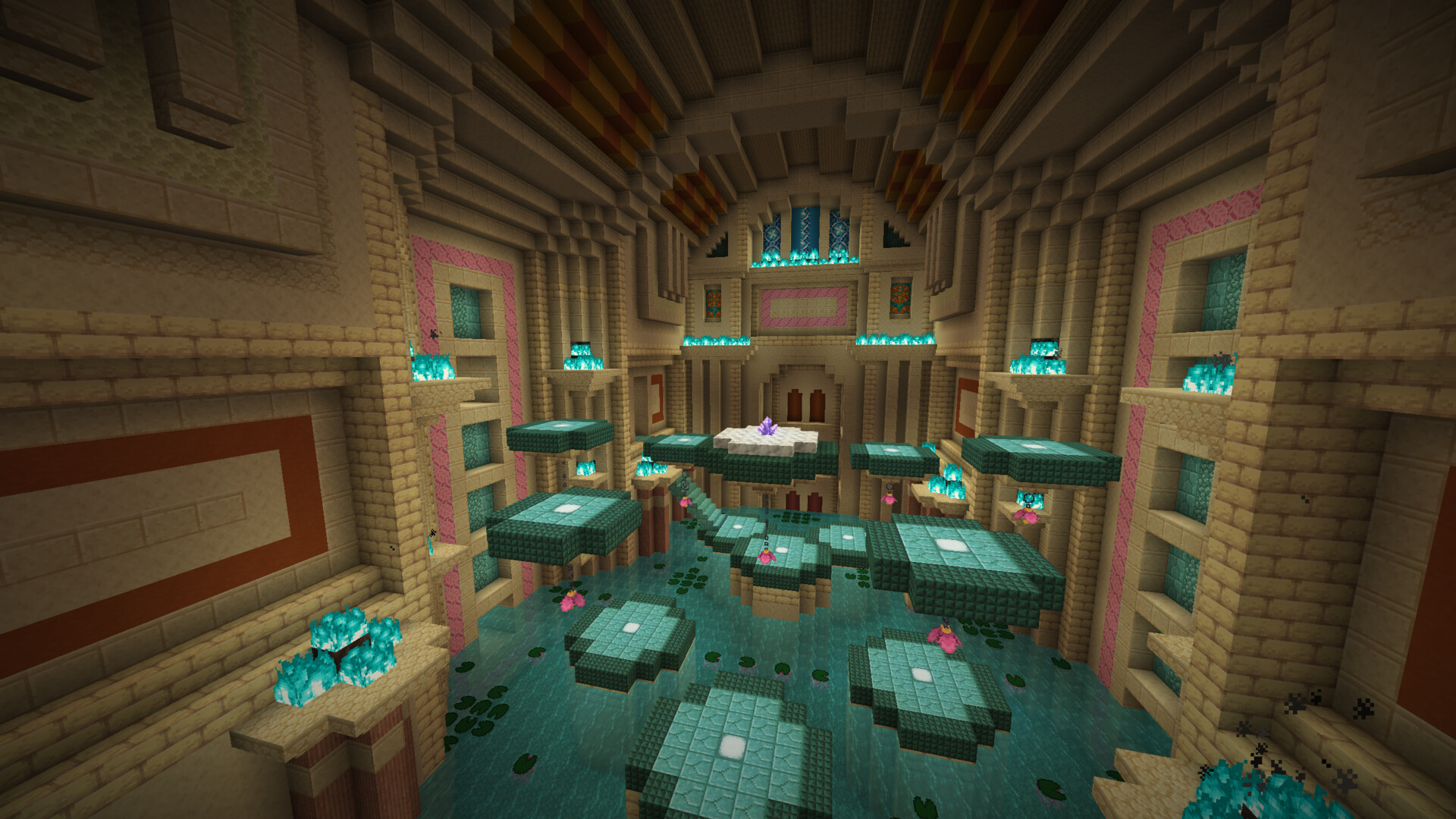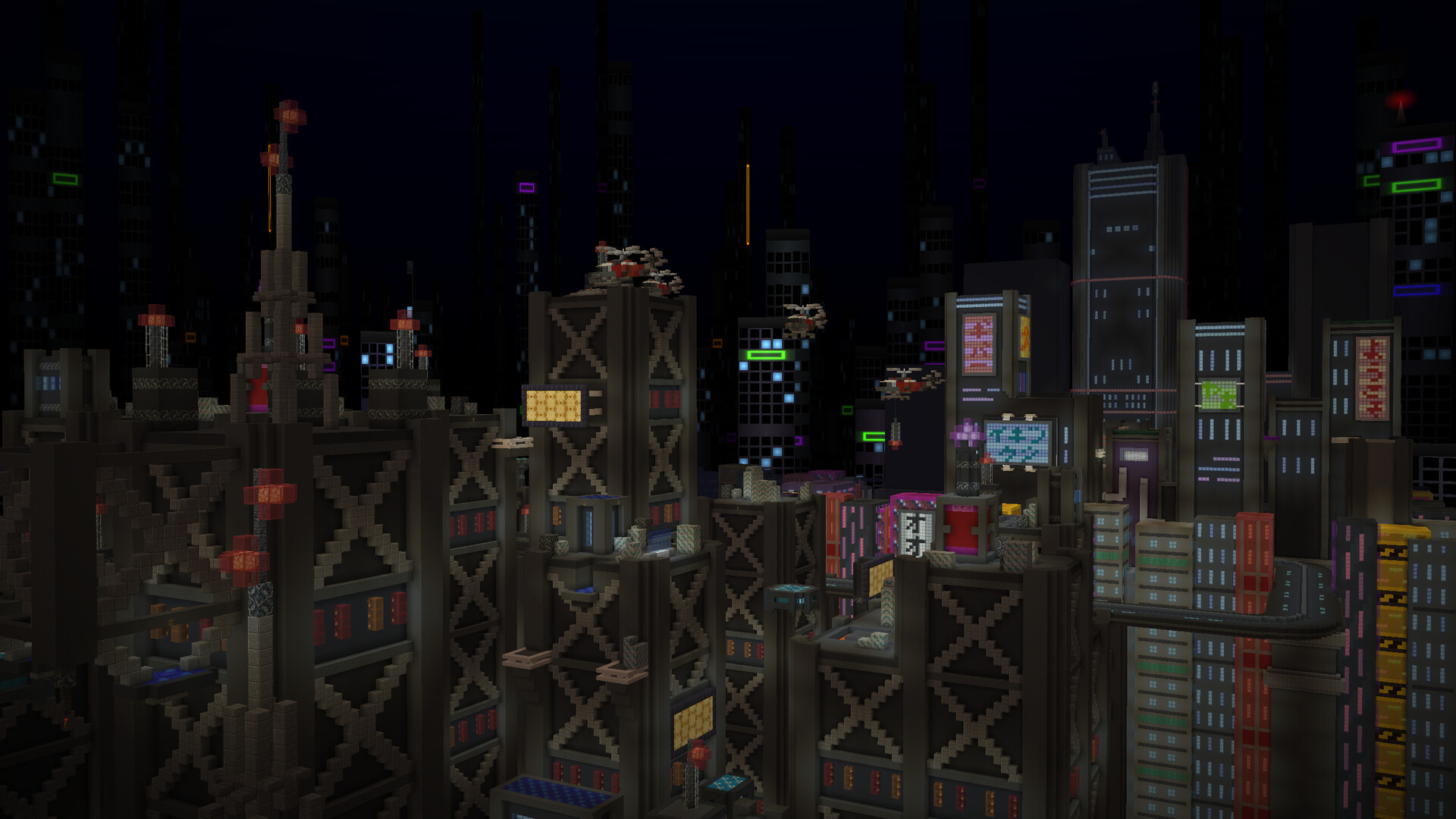ENCOURAGING EXPLORATION
Crimson Bay's Treasure
Crimson Bay's Treasure is an action-RPG centered around the idea of venturing off the golden path to follow your curiosity. This design goal is supported by periodic incentives encouraging the player to investigate new places as they traverse the open world.
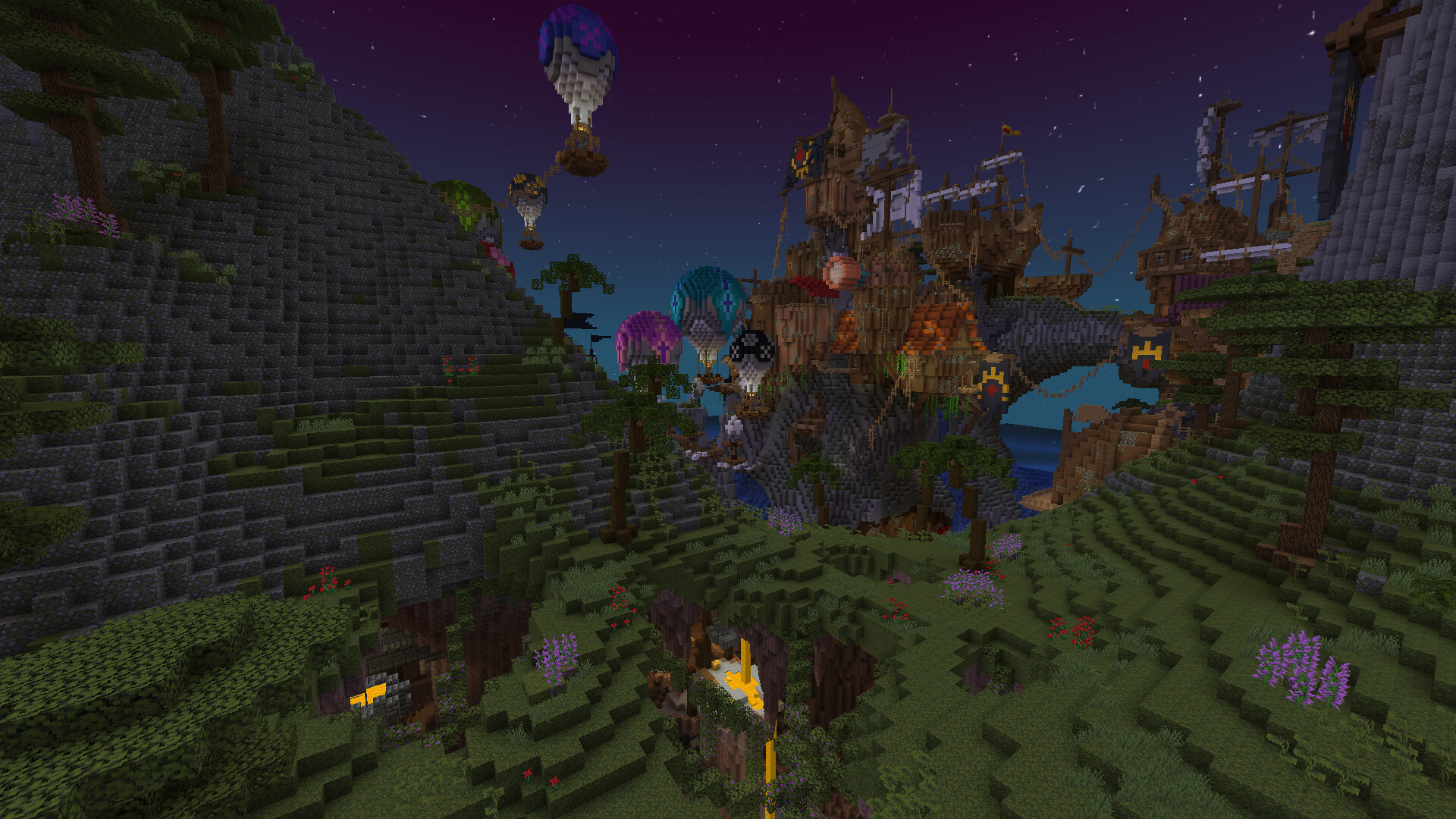
Each of the five regions contain a main objective that must be brought back to a base area. These are located within prominent setpieces, giving the player a sense of direction while they navigate the sprawling and interconnected layouts. Sightlines were carefully planned in order to guide players towards objectives while still preserving agency.
In order to encourage players to explore new territory, we created an item drop system which provides powerful and unique items, driving combat progression. Drops periodically appear as players advance, dynamically creating new points of interest for them to seek out. We placed these spots deliberately in order to draw the player out from the critical path, all the while finding new encounters and loot. The system picks nearby locations while avoiding using the same one multiple times in a row. It was crucial to the success of this dynamic that the flow of each area made these diversions feel like natural progression instead of forced interruptions.
Crimson Bay's Treasure project page
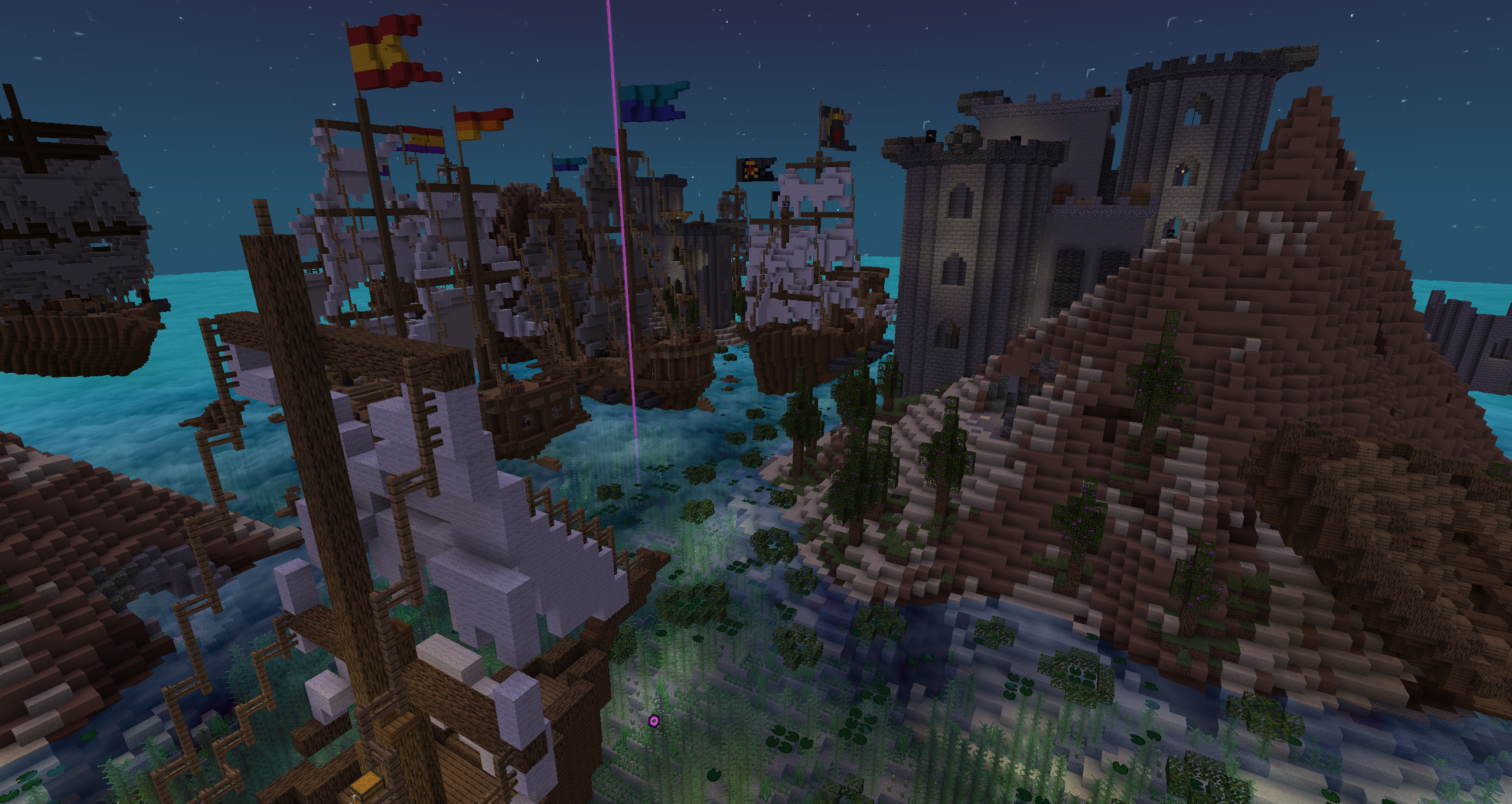
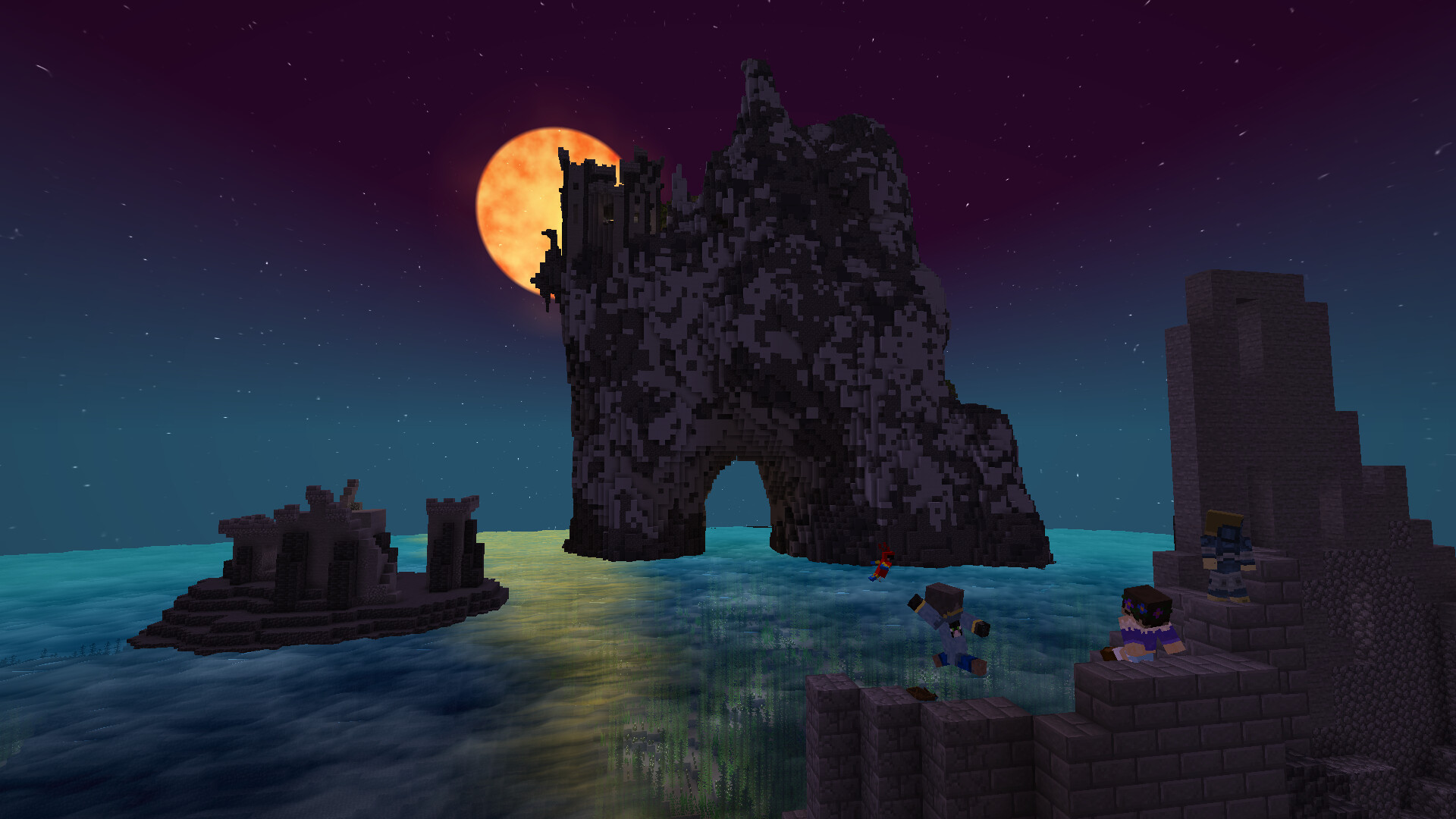
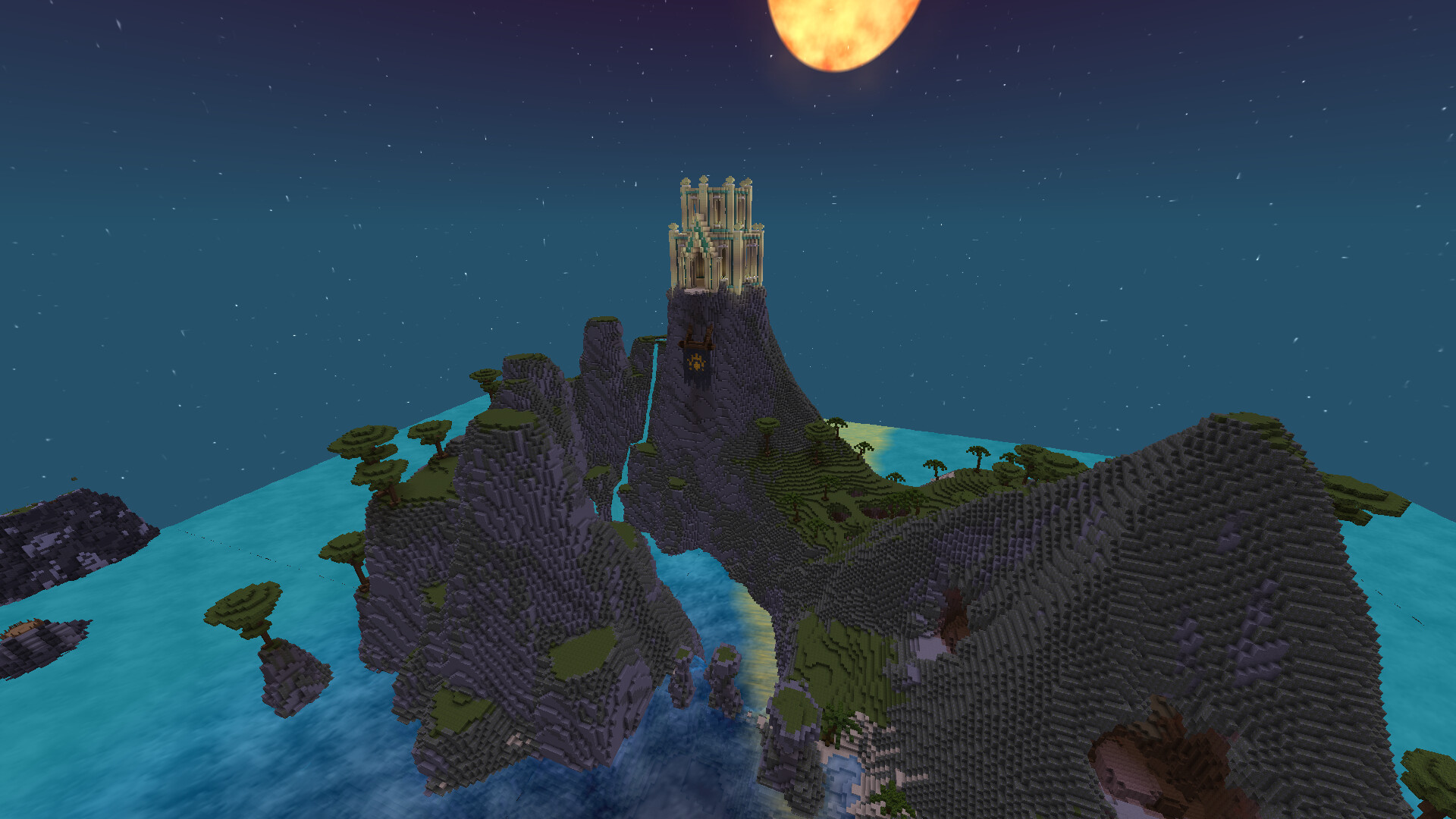
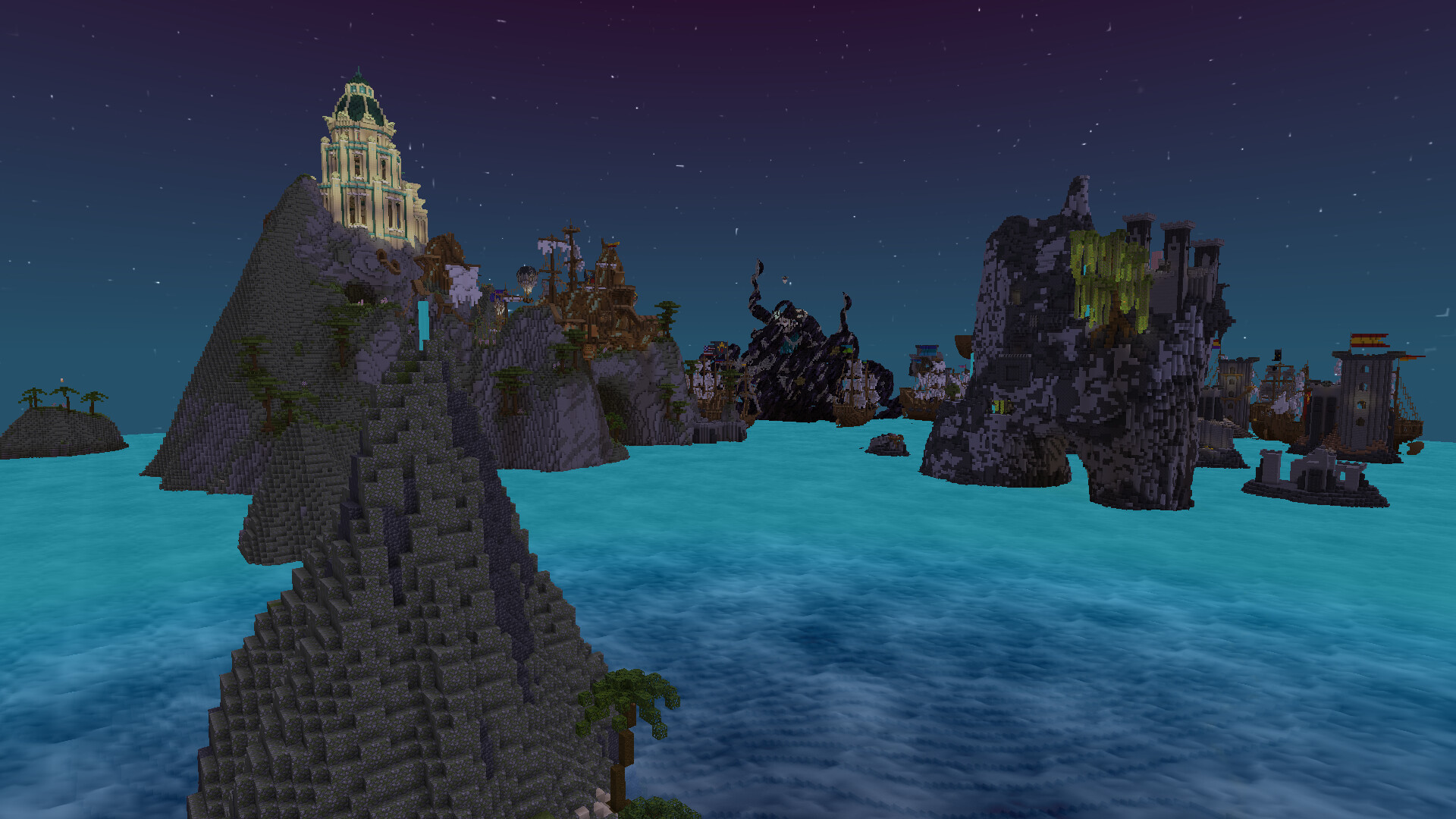
BREAKING SCRIPTURES
Canonical Body
Canonical Body is a a 2D mystery narrative adventure inspired by TypeRacer and TempleOS. I was tasked with game design, programming and implementation in Unity, as well as coordinating several playtests. As a university project, we were given a rigid set of guidelines and instructed to contain the project within a certain format. However, my teammates and I had the clear goal to come up with unique mechanics and a fleshed-out narrative. We sought to take advantage of our unique strengths while keeping a manageable scope for a 6-month project.
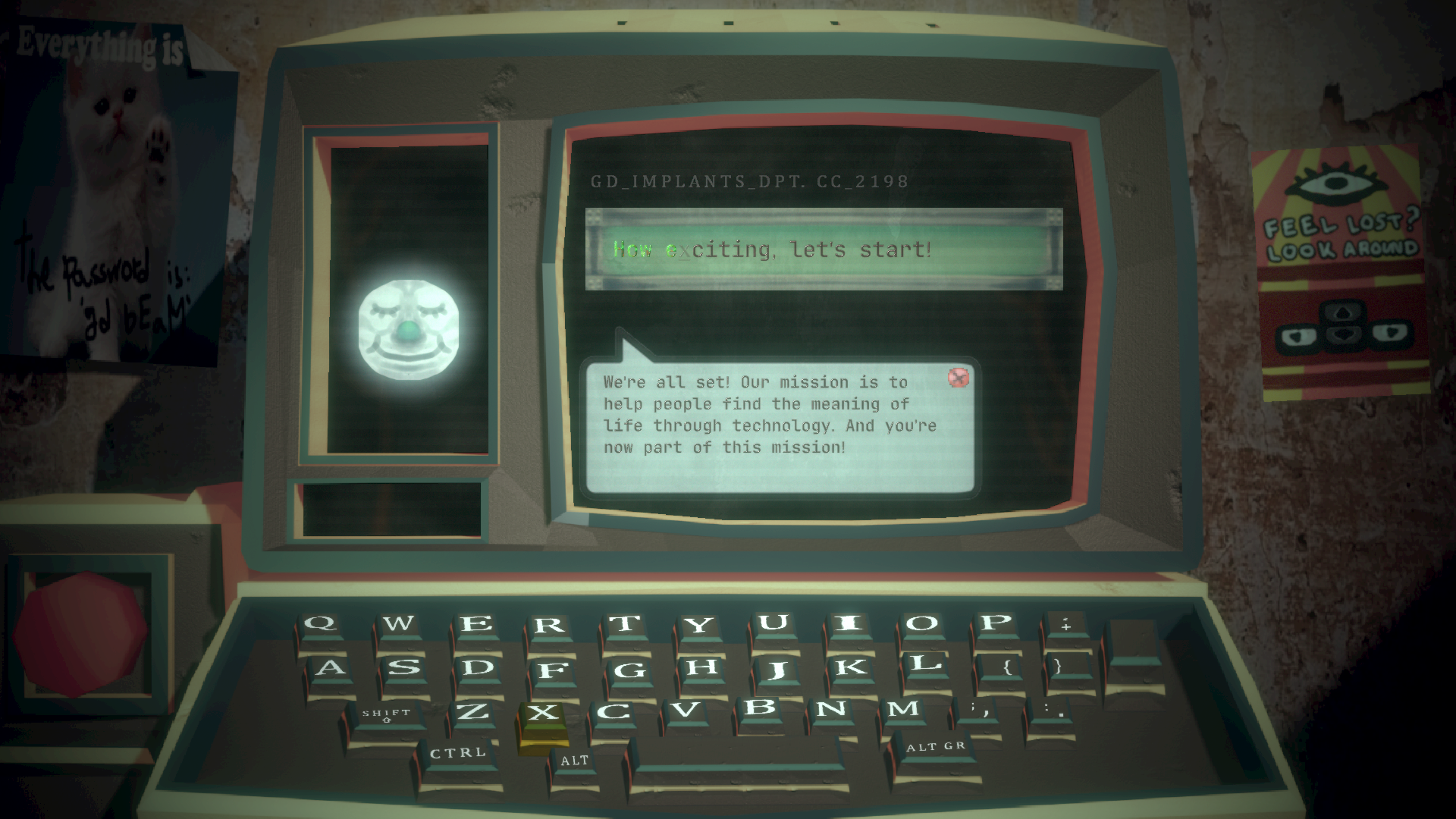
The game takes place in the confines of an office cubicle, with the player mainly interacting with a computer terminal. Gameplay revolves around quickly copywriting pre-defined texts without making mistakes, akin to typing speed websites. As the player progresses, the game throws increasingly surreal obstacles at the player, such as pop-ups and corrupted segments that must be reconstructed.
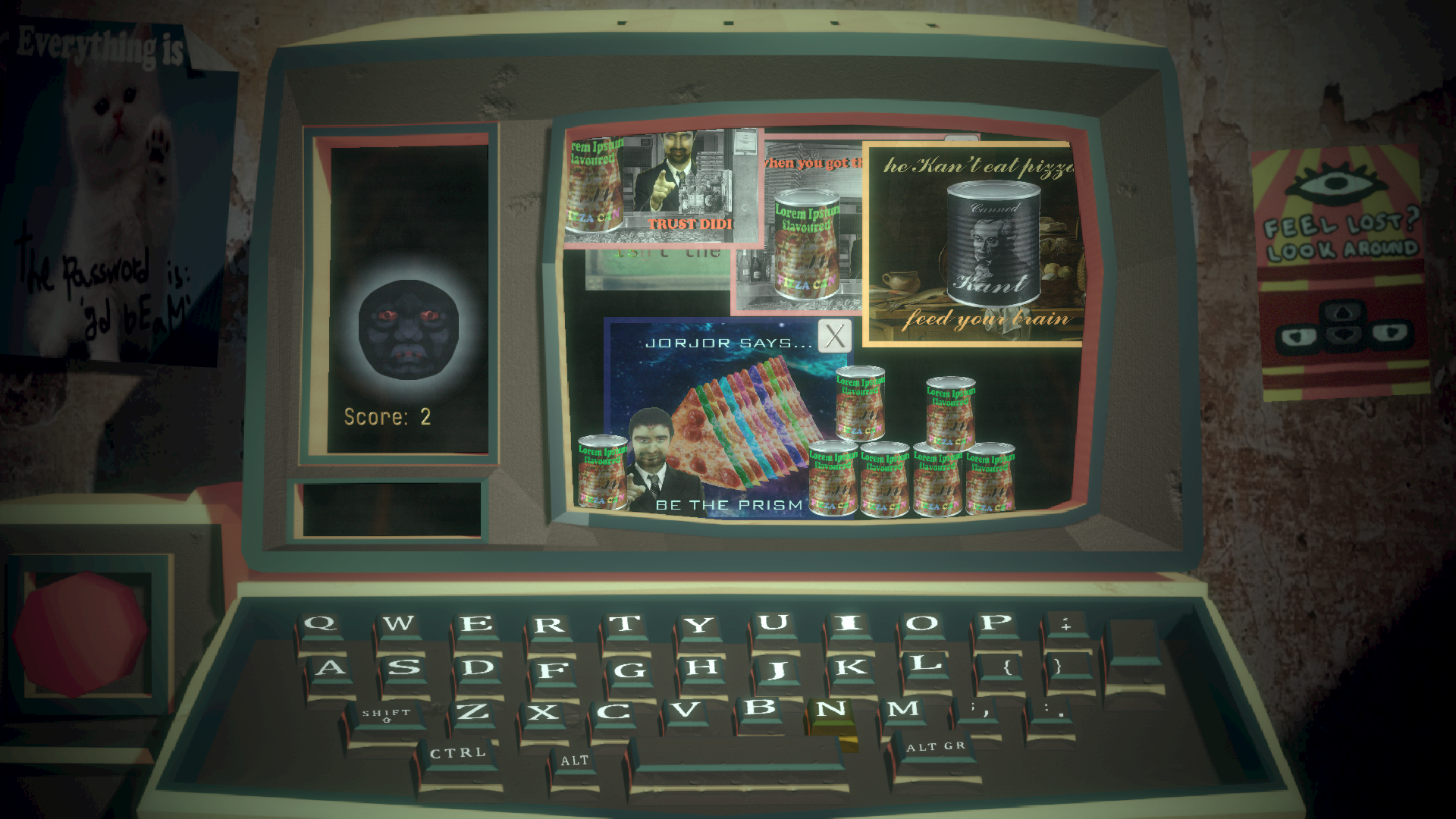
In order to convey a sense of physicality, we introduced mechanics such as keys popping off as the player types, needing to be dragged back before they can be used again. We decided to use dragging as a consistent UX pattern for most game elements, including obstacles, puzzle pieces, and user interfaces the player can change the layout of. We also chose to subvert the player's expectations with certain interactions, such as the in-game keycaps' positions dictating input characters, instead of the player's actual keyboard. One of the three possible endings also involves accessing the game files in order to interact with the in-game photo gallery's system.
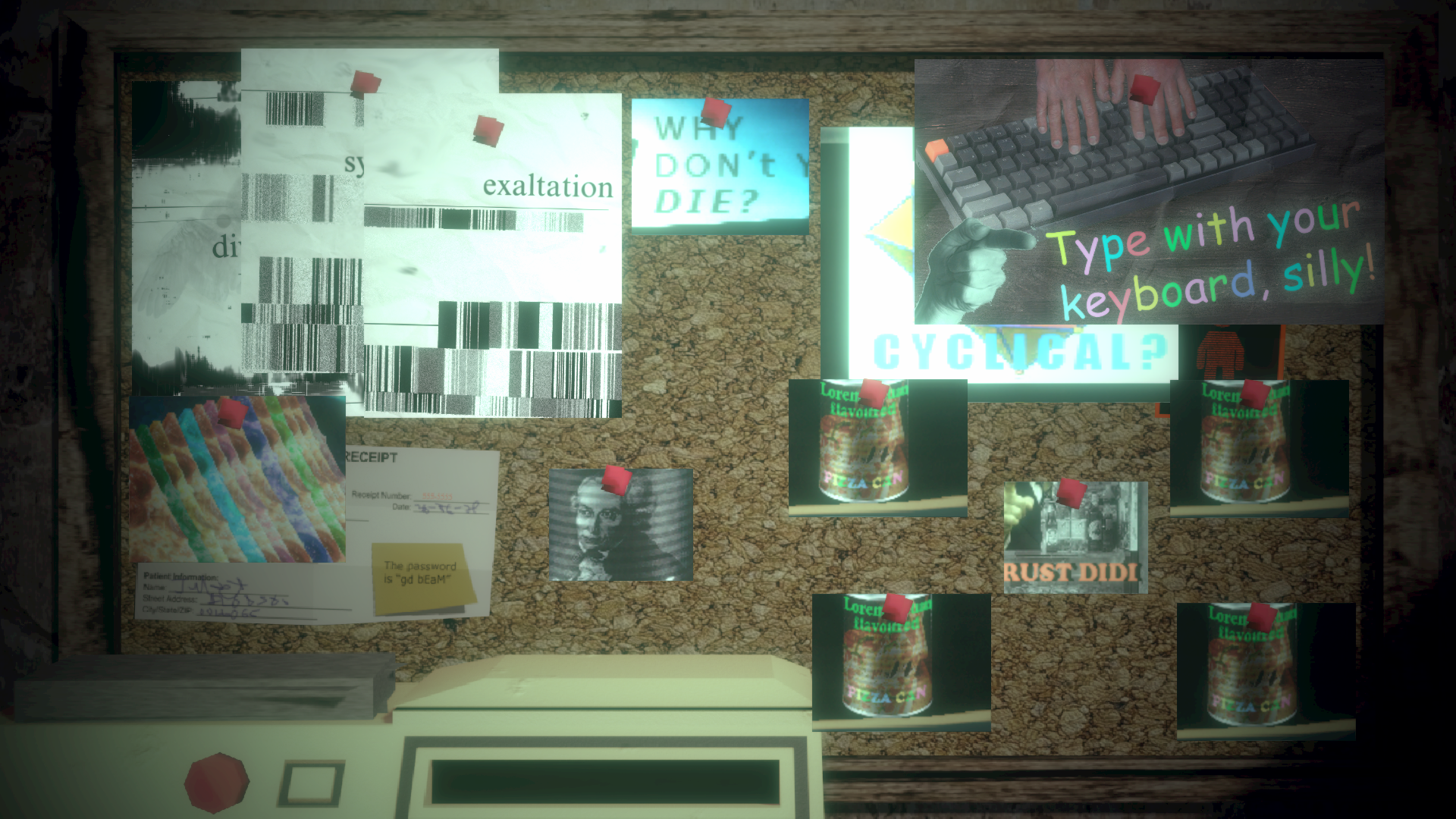
These simple mechanics ultimately serve the goal of telling a story themed around corporate culture, faith, and hopelessness about the future. We were able to craft a small but complete experience and explore new mechanics and modes of interaction, as well as narrative themes that deeply resonated with us. With this project, I learned a lot about scope control, narrative integration, as well as economical use of mechanics.
Canonical Body on itch


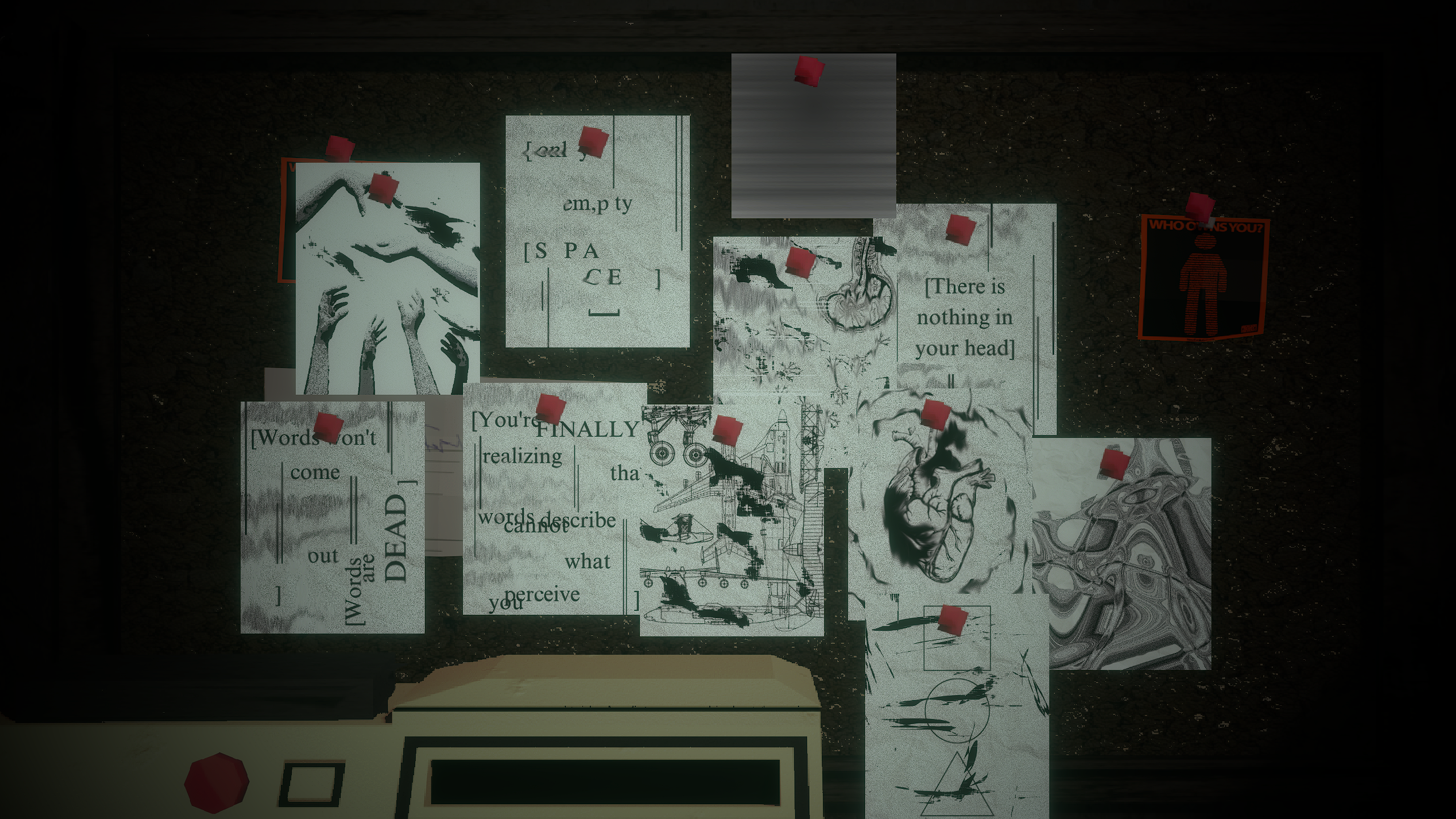
SHOCK AND AWE
Pounce Palace
For my bachelor's thesis project, I worked on level design, controller implementation, and graphics for Pounce Palace, a first-person action game with high mobility. We sought to blend environmental storytelling with fast-paced action and movement challenges. We opted for Unity as an engine due to its flexibility, and I used ProBuilder as a prototyping and blockout tool.
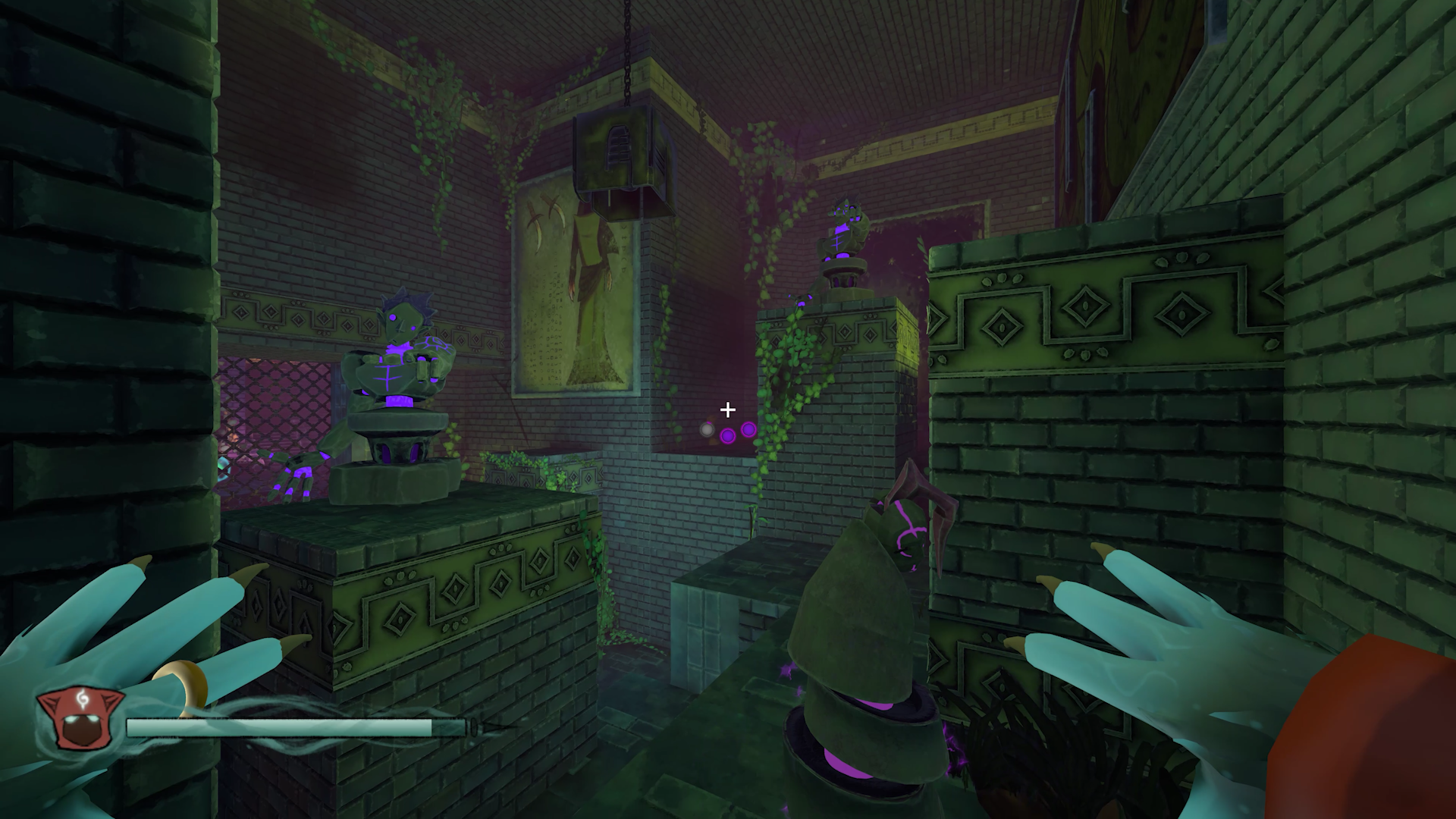
I focused on building a flexible character controller that could be comfortably and quickly iterated upon. With it, I implemented and tested numerous movement tools, finally landing on a double jump, dash, and hookshot. The latter two double as combat abilities. By making use of interfaces, I kept the player code readable and easy to tweak, and ensured movement logic transitioned cleanly between states. Responsiveness was extremely important, with abilities having a satisfying feedback and impact. To this end, I implemented multiple elements such as hitstop and screen shake, as well as the ability to apply forces to the player.
In addition to testing the player's movement skills and supporting combat encounters, one of the main goals of the level is to sell the atmosphere and theme. I worked closely with the artists in our team to incorporate their environmental storytelling goals into the level and ensure my layouts and sightlines supported them. I also established a method for asset placement and implemented several graphics features following our artistic guidelines, for which I used Shader Graph and HLSL. These include a highly configurable ambient fog, various damage and magic effects, as well as custom shaders for enemy, player, and decal rendering.
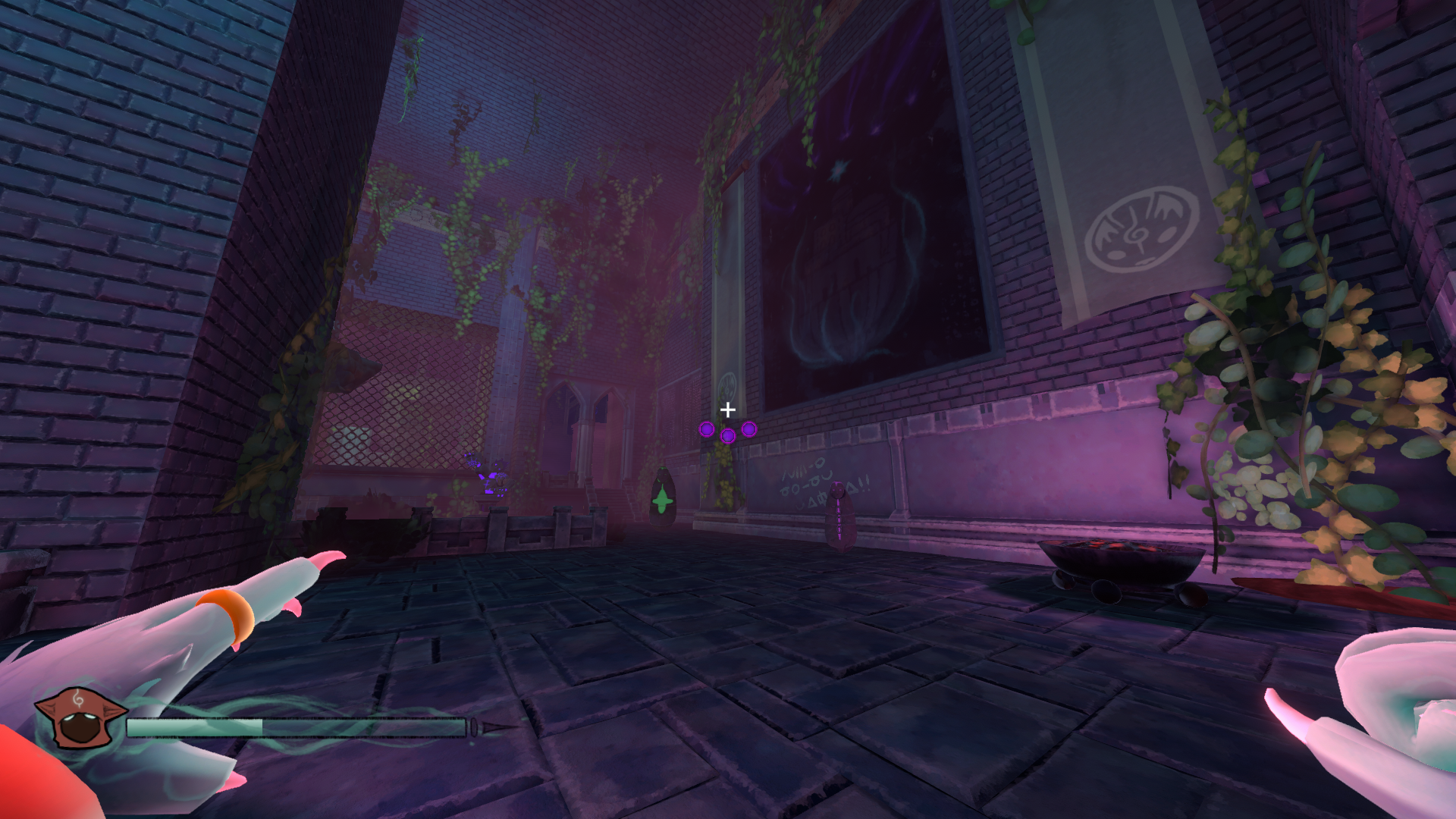
BUILDING FOR COMPETITION
Primatica
This level was part of a larger project, in which we aimed to create a competitive event with various PvP games. Our target ranged from seasoned Minecraft players to those who only had basic familiarity with the base game. For this reason, we had to design mechanics and spaces that worked regardless of the player's existing skill level with vanilla features. The goal of this game is to collect points that appear across the map while fighting other players for them using various collectible power-ups. It's designed to accomodate a large number of players, not only in its scale but also in its flow, guiding players to spread themselves instead of accumulating within the same point of interest.
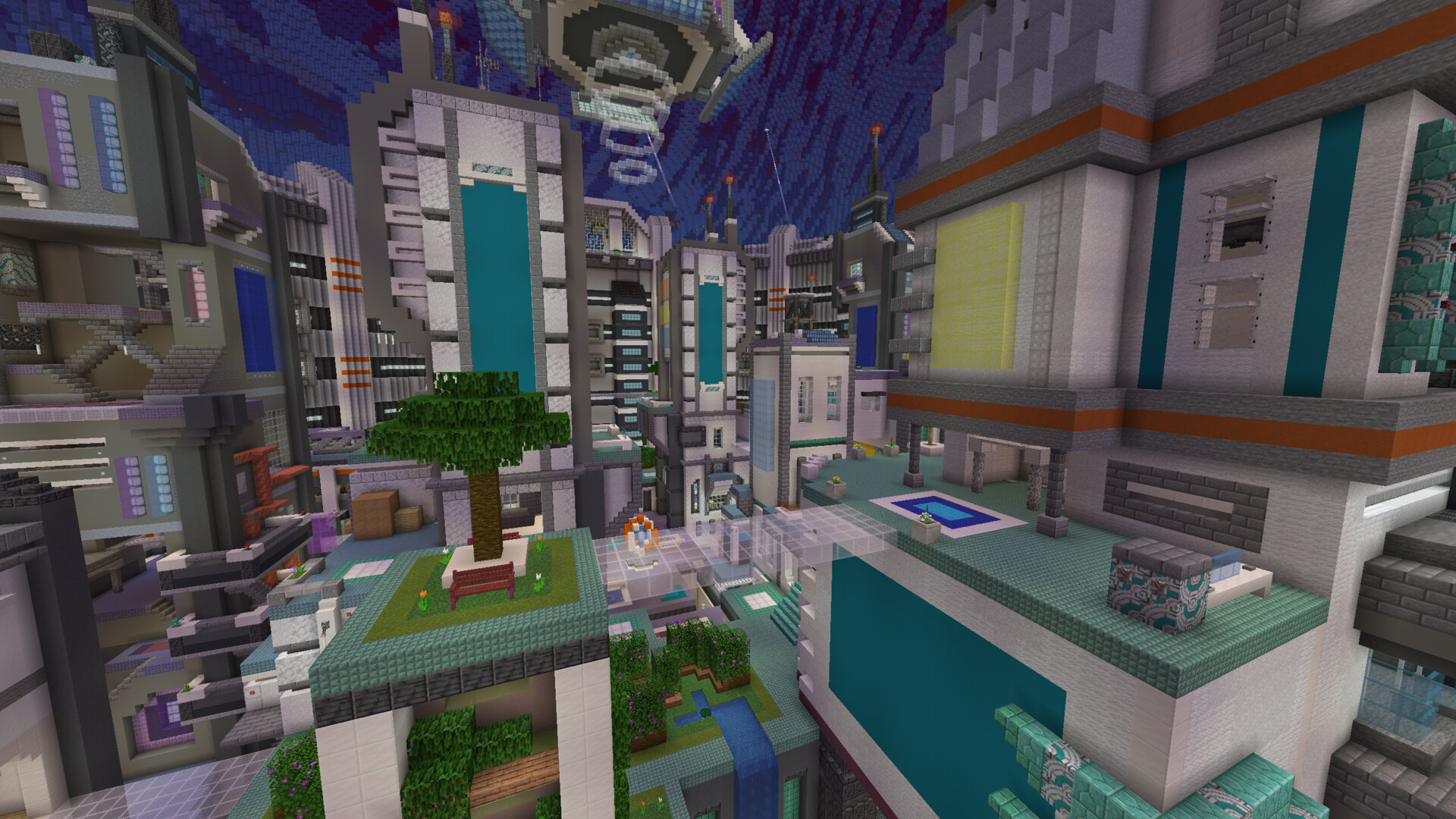
My main focus with the level was to make it easy to learn for players with less experience moving through such environments. Floors are bright, changing color across height levels in order to boost readability. This is especially important given the map's high vertical density, which gives players the chance to use their many movement options.
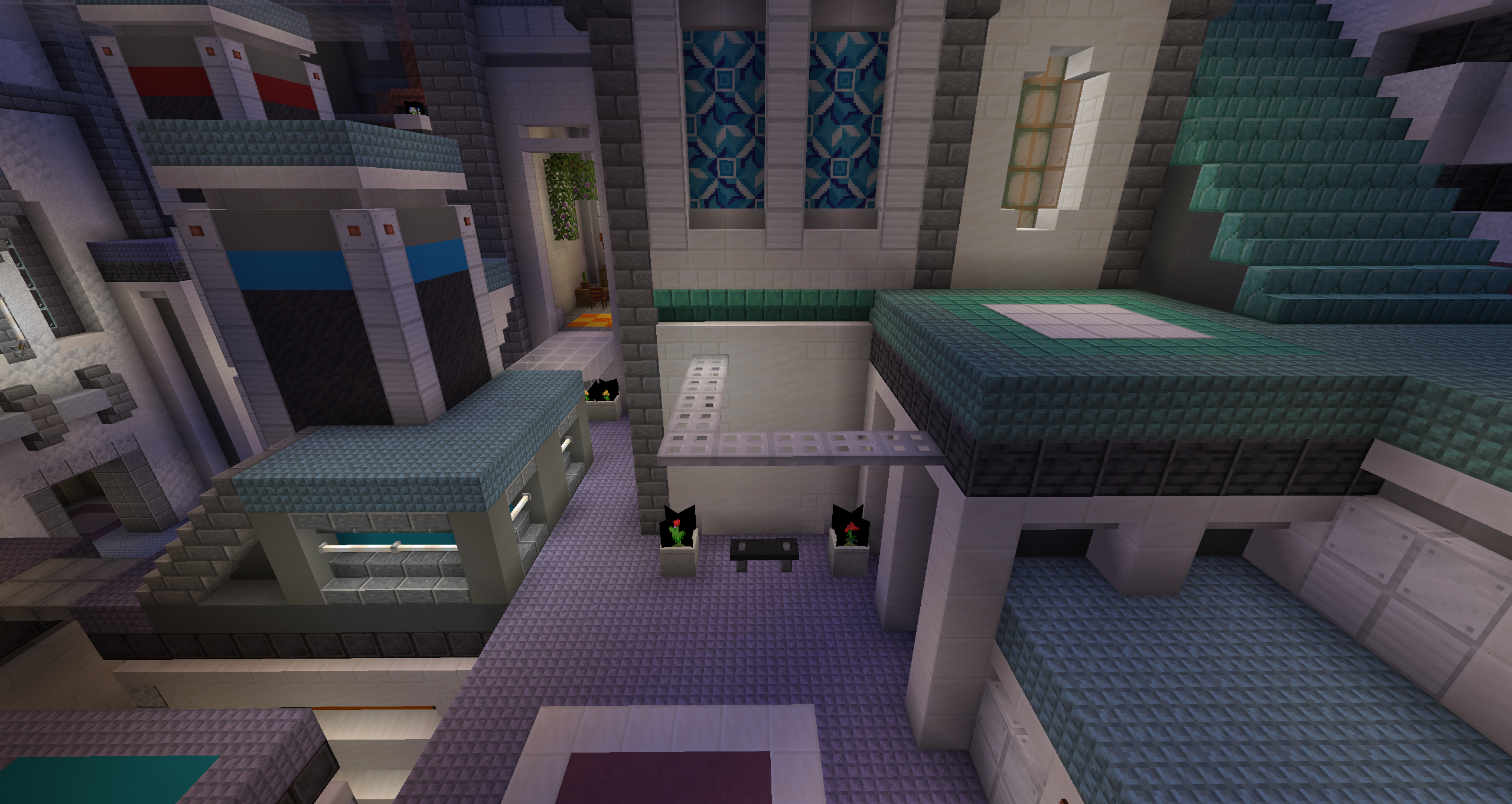
In order to help players distinguish where they are in the symmetrical layout of the arena, I gave each section a distinct theme and made sure most locations had sightlines to prominent landmarks. I also aimed to avoid clutter and reduce visual noise by placing decorative elements on walls or next to edges, giving enough room for players to move and fight in. The game also makes use of Minecraft's built-in sandbox elements, which meant I deliberately avoided using objects that obstructed block placing in the scene.

Our mechanic design revolved around ensuring everyone got to experience flashy and exciting moments while still encouraging skill expression. We also minimized the amount of built-in Minecraft mechanics we used, in order to create a more even playing field where all players had an equal chance to learn and compete. Our approach was to give each ability one very clear purpose while also adding secondary interactions which players could discover and take advantage of. For example, the Gravity Grenade's main use is to disrupt enemy players' movement by pulling them in and launching them. However, it also affects the thrower, meaning that with some practice, it can double as a powerful movement tool.
GATING AND DISCOVERY
Bitstream
Bitstream is a first person action-RPG originally developed in one week. It features metroid-vania elements and non-linear progression options in a small open map. I worked on level and game design, including enemy encounters and loot. In it, you explore the fallen ruins of a long lost civilisation and bring it back to life as you progress. Your goal is to find 4 crystals and bring them back to the central monument, as well as 15 bonus hidden collectibles. The goal of this project was to create a 2-4h experience with interesting exploration and traversal options, an intriguing setting, and a cohesive aesthetic. We opted for simplicity on the side of enemy and looting mechanics, using mostly built-in features.
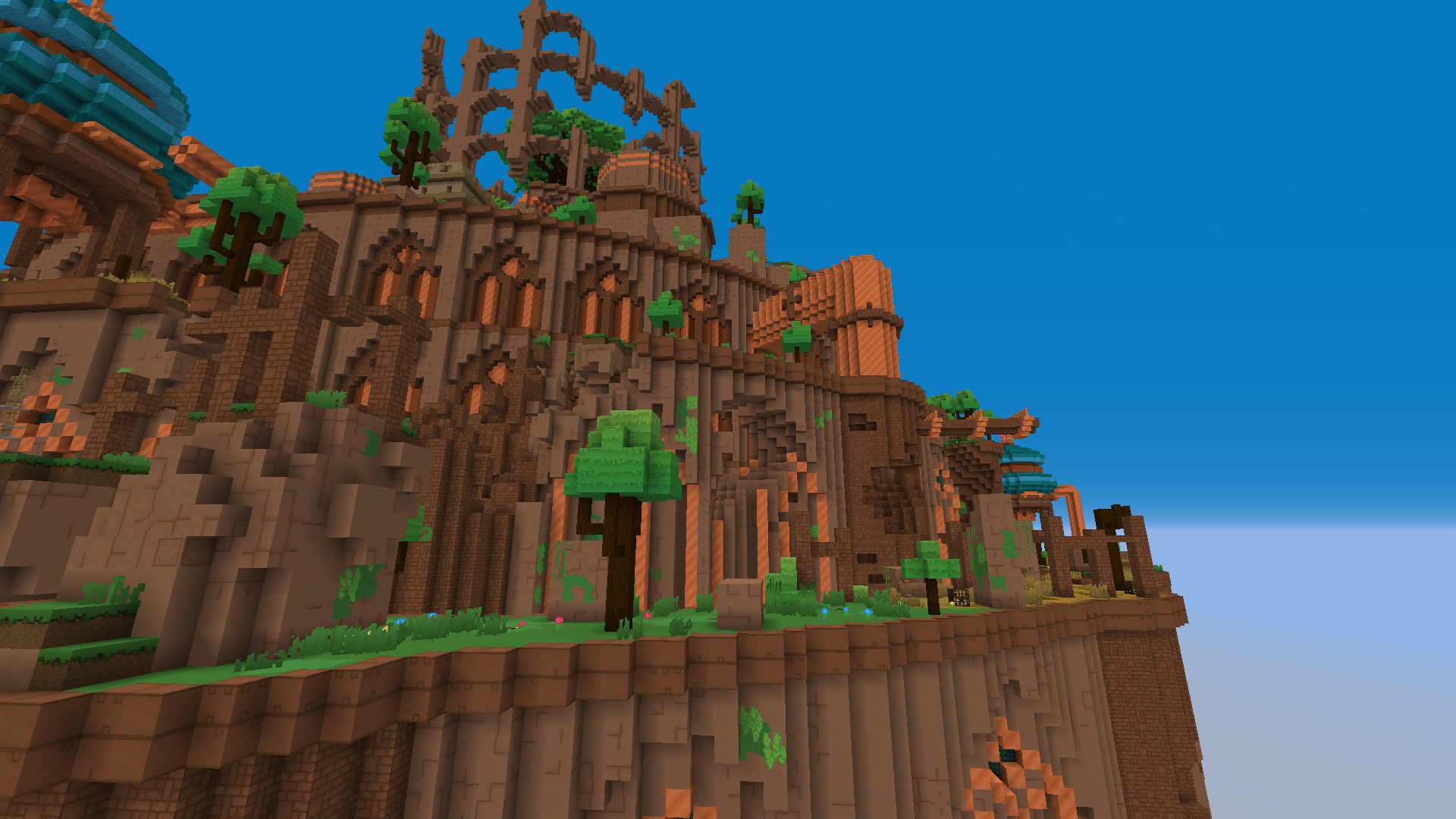
The map's progression is based around movement mechanics. As they explore, the player finds new items that allow them to reach new places and bring back water to dry areas. The first two items are given in a linear sequence, while the latter two are found by exploring the more open sections of the map.
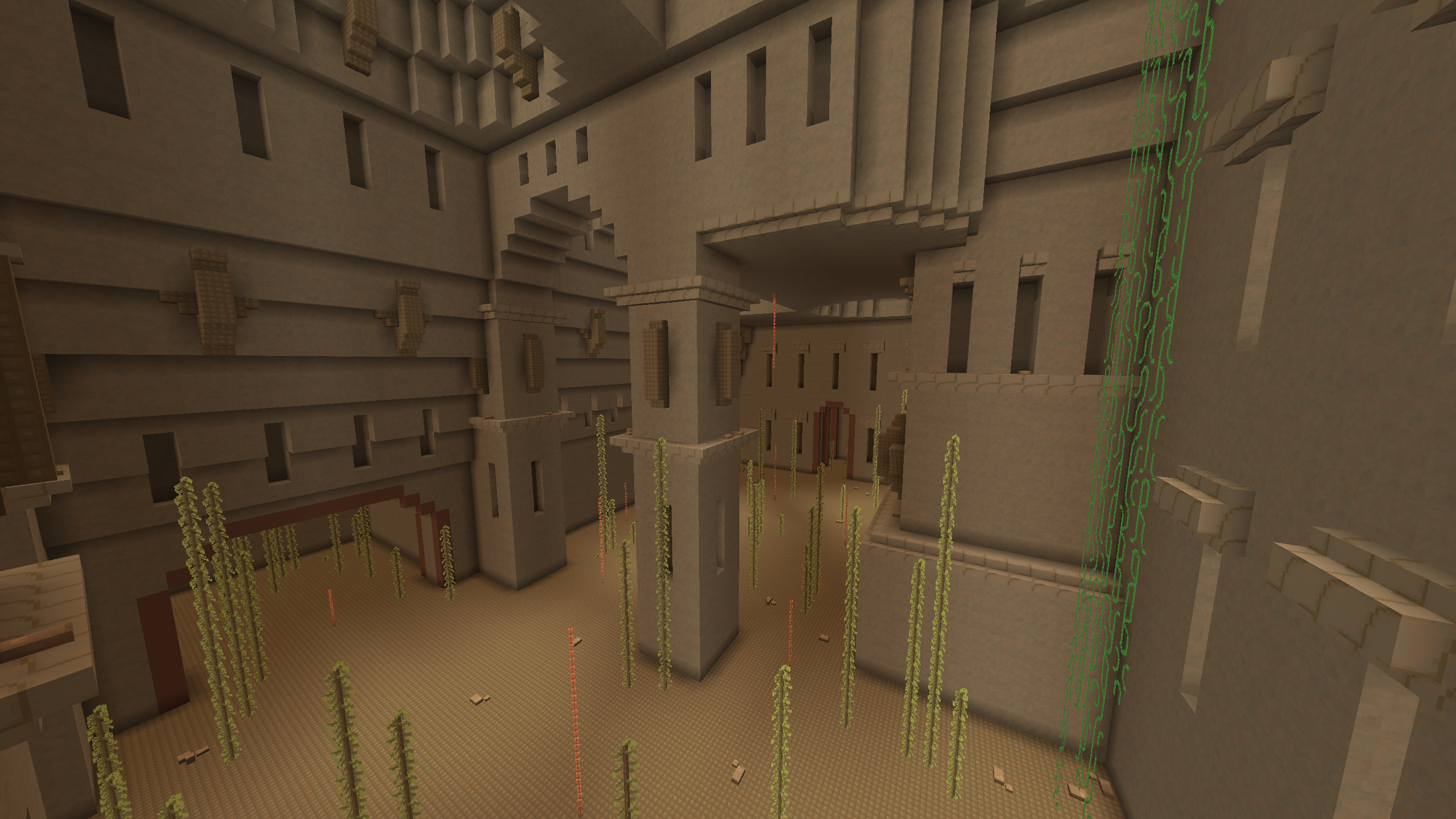
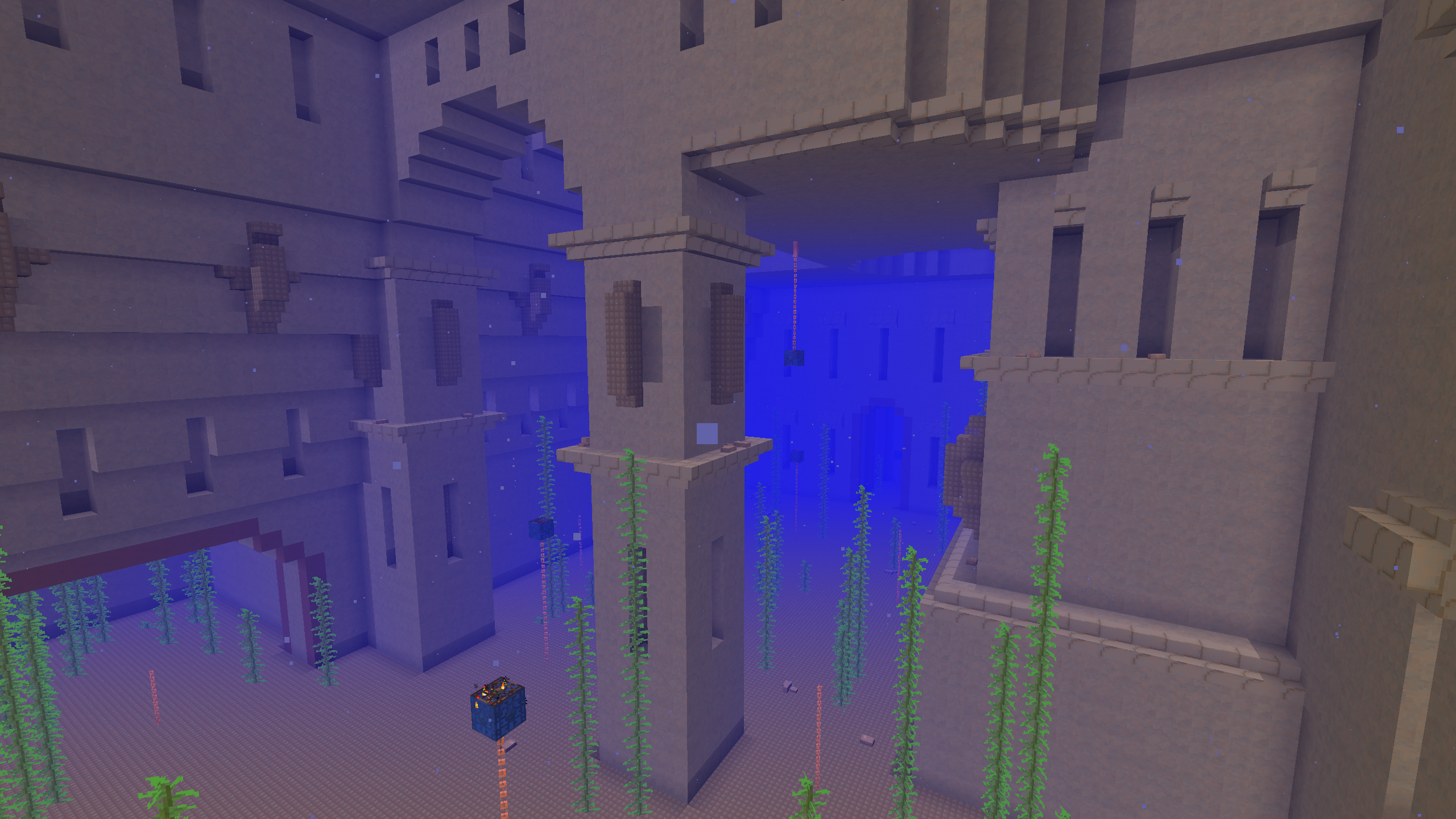
Until the final area, the player is able to climb on most blocks, except copper. The last level is designed to invert this mechanic, with copper being climbable and allowing the player to cling onto it, while most other blocks in it are not. This changes how the player has to approach traversal and combat, needing to use the limited mobility afforded to them in clever ways, and testing the skills they've acquired.
Bitstream project page
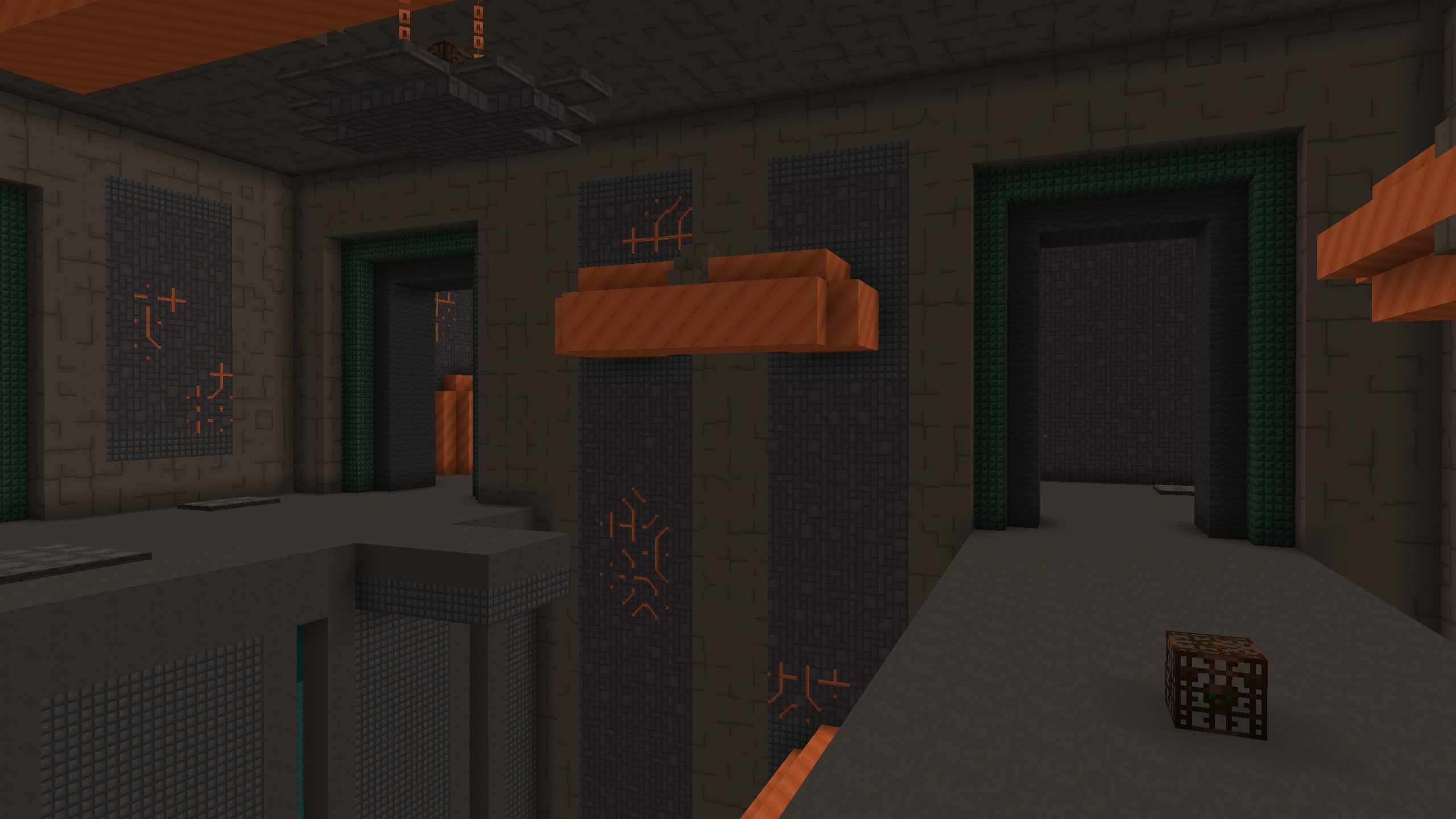
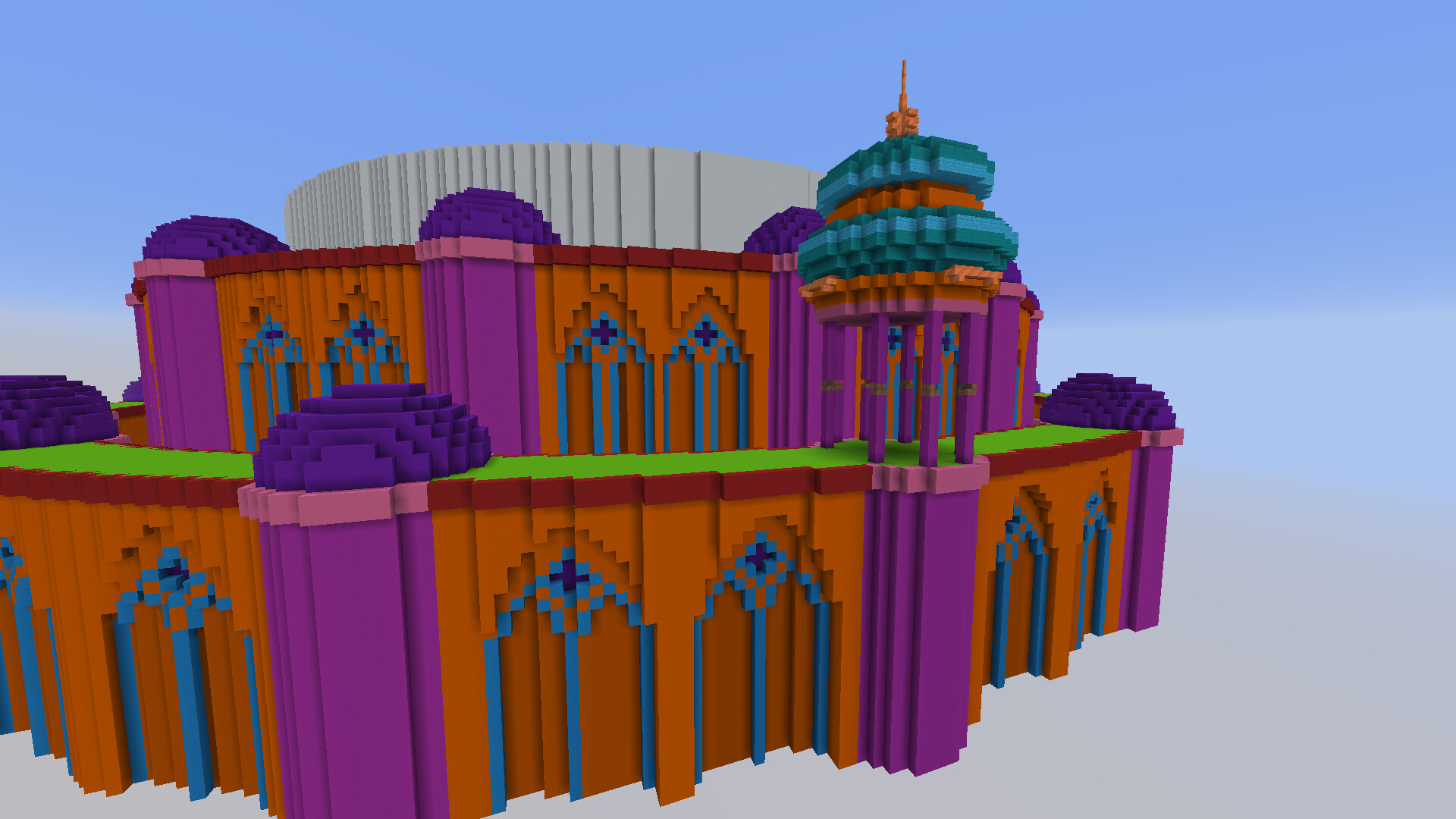
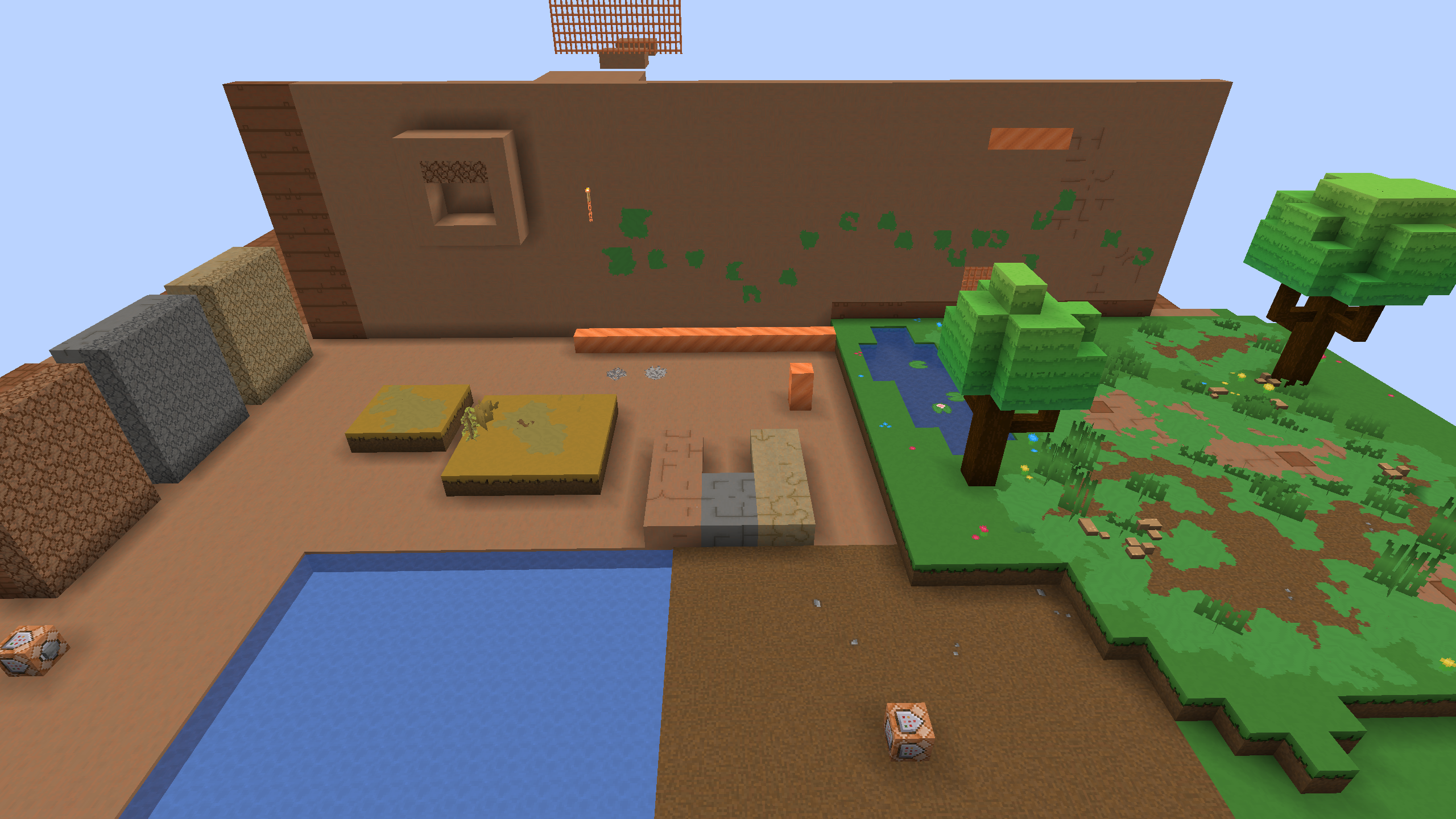
LARGE TEAM COORDINATION
Songs of the Constellation
In july of 2022, I led a community gamejam where participants got together to build a musical action-RPG in 24 hours. Over 30 creators participated, as well as multiple composers who created the soundtrack that the map was built around. This project required a strict source control pipeline, as well as clear guidelines for all participants.

Ahead of the event, I created a base graybox layout that established the full footprint of the level. While teams were free to modify it to fit their vision, setting an appropriate scale for each area was crucial in guiding participants to a manageable scope. Each team was tasked with creating all layers of gameplay integral to the map's genre, while integrating a theme based on their song of choice. Teams were manually assigned taking into account their stated preferences and soundtrack choice.
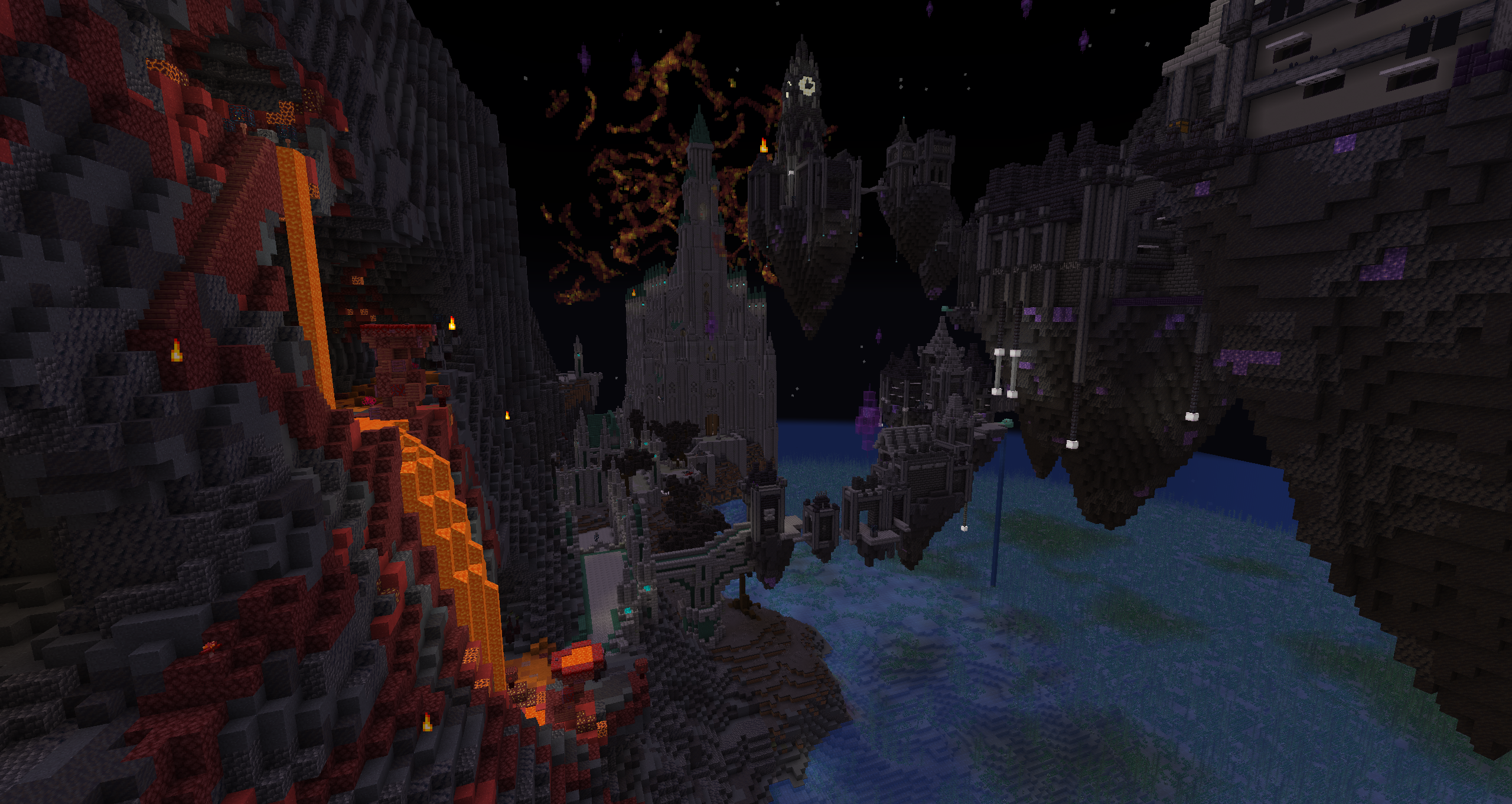
The resulting product is Songs of the Constellation. It was a greatly successful event, although substantial testing and shipping work was required beyond the core 24 hours. Despite the large number of participants, good asset management as well as effective communication allowed development to run without major incidents or blockers.
Songs of the Constellation project page

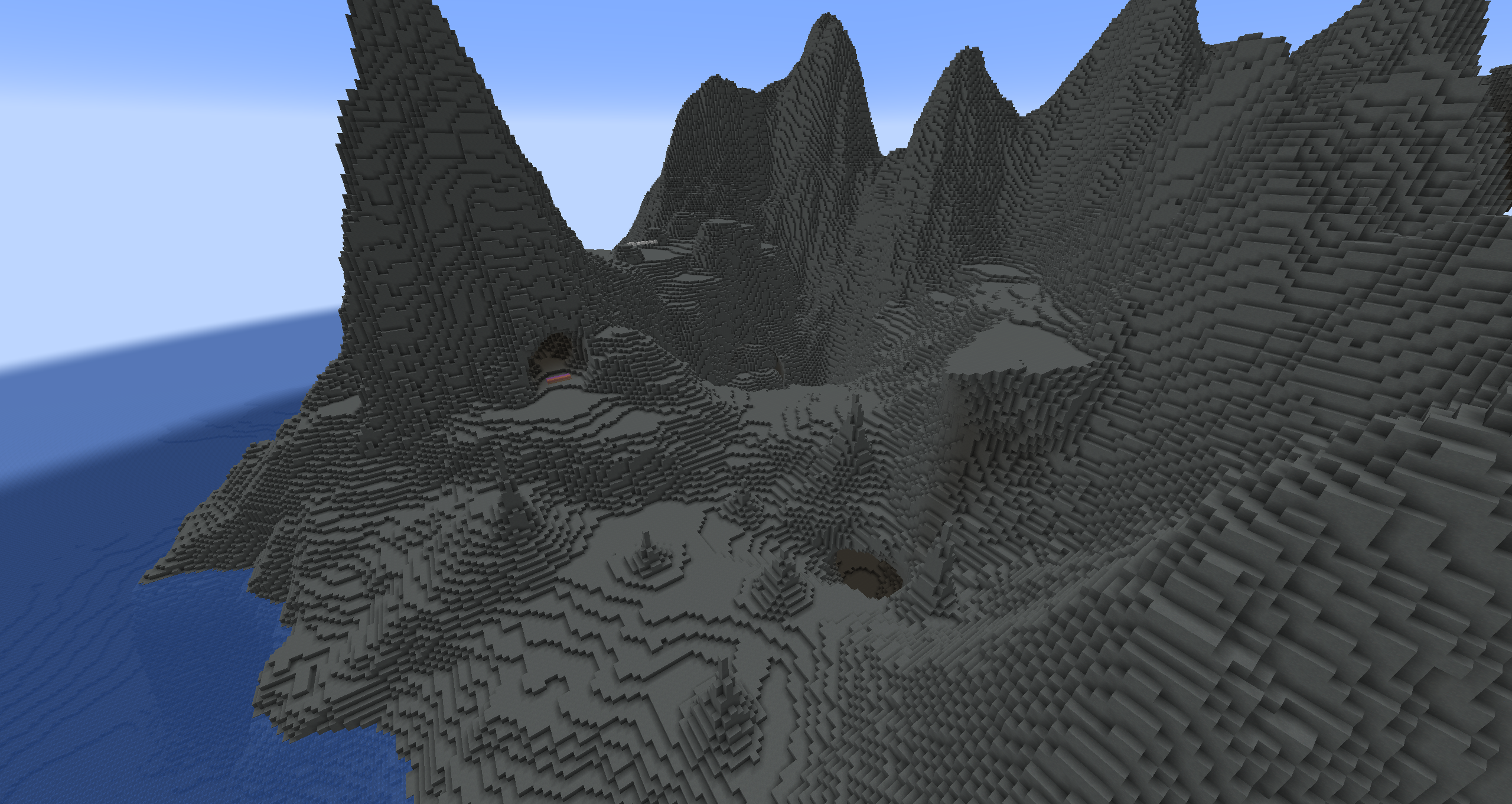
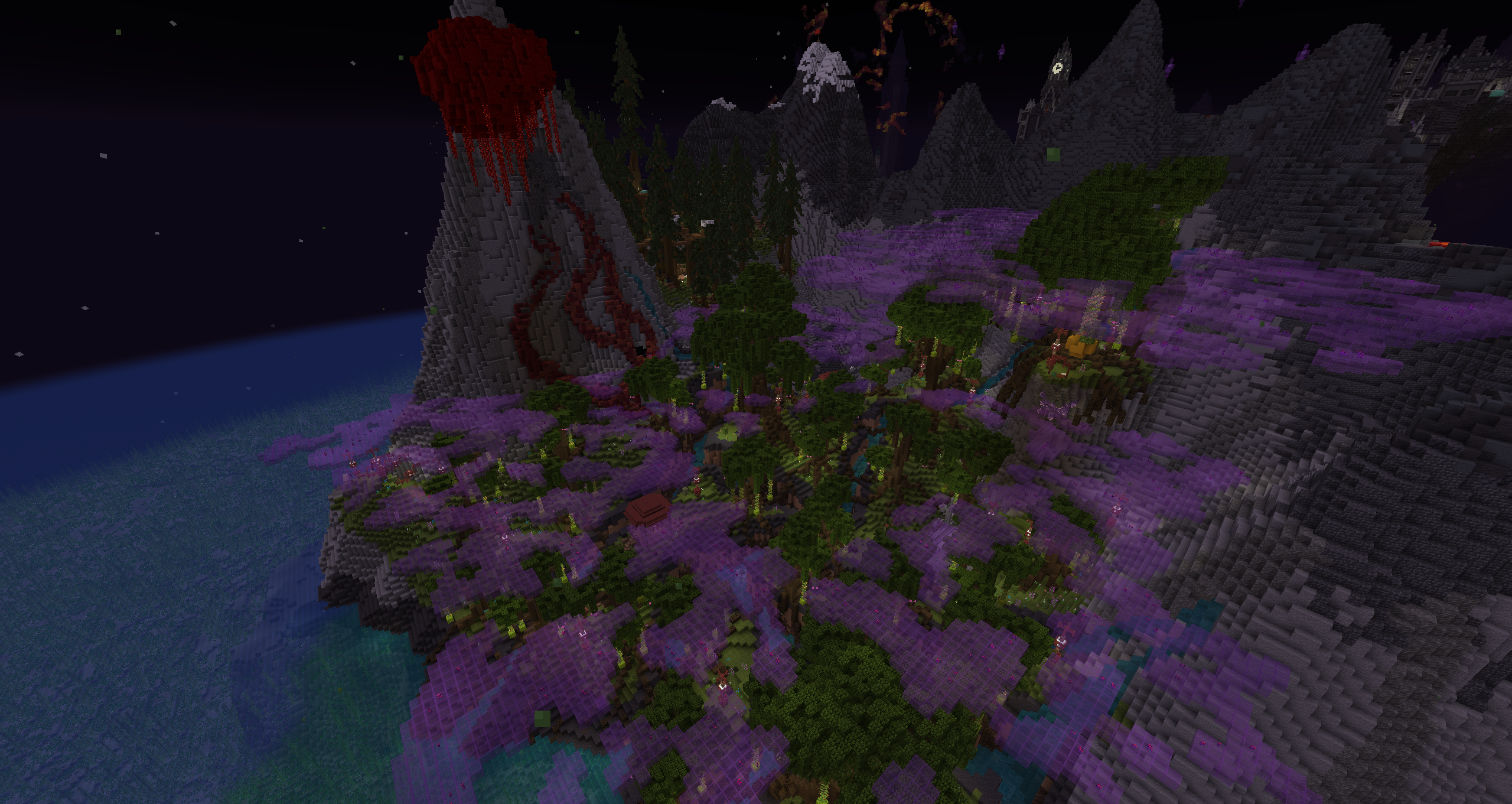
ADAPTING TO CONSTRAINTS
Scalecaster
For the 2024 GMTK game jam, we set a goal of producing a first person platformer in 3 days, following the theme of "Built to Scale". We decided to focus on only two mechanics: Transport beams that the player can place to zoom around, and magical blocks that can be scaled and rotated to create walkable paths.
The level is designed to exploit the two core mechanics as much as possible. Due to the strict time limitations, I opted for very linear level progression. In order to make traversing across the world more interesting, I gave the world a winding layout that twists on itself. Due to our limited assets, I focused on distributing them in specific ways to create a subtle theme for each mechanically distinct segment. I followed the technique of prominently featuring a large landmark as the end goal of the level, and giving the player different sightlines to it, occluding it and revealing as they progress. This idea is famously exploited in Journey, as well as numerous other games.
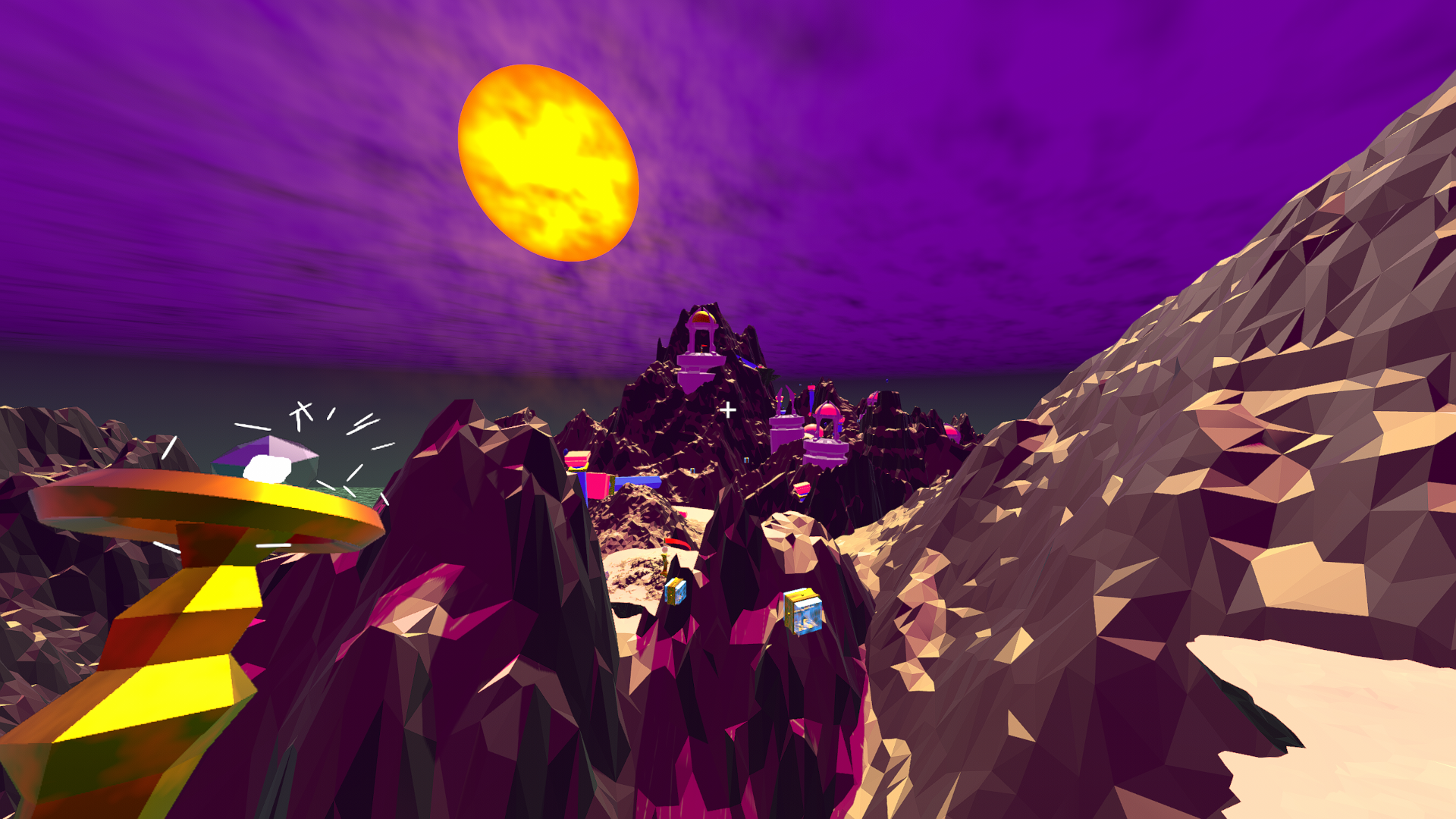
I also used this project as an opportunity to experiment with Blender sculpting, as well as creating terrain pieces using heightmaps. Once I had a workflow figured out, I was able to create terrain sections quite quickly, saving me time. I really value working within game jam restrictions, since it enables me to try new ideas and encourages me to commit to them.
Scalecaster on itch
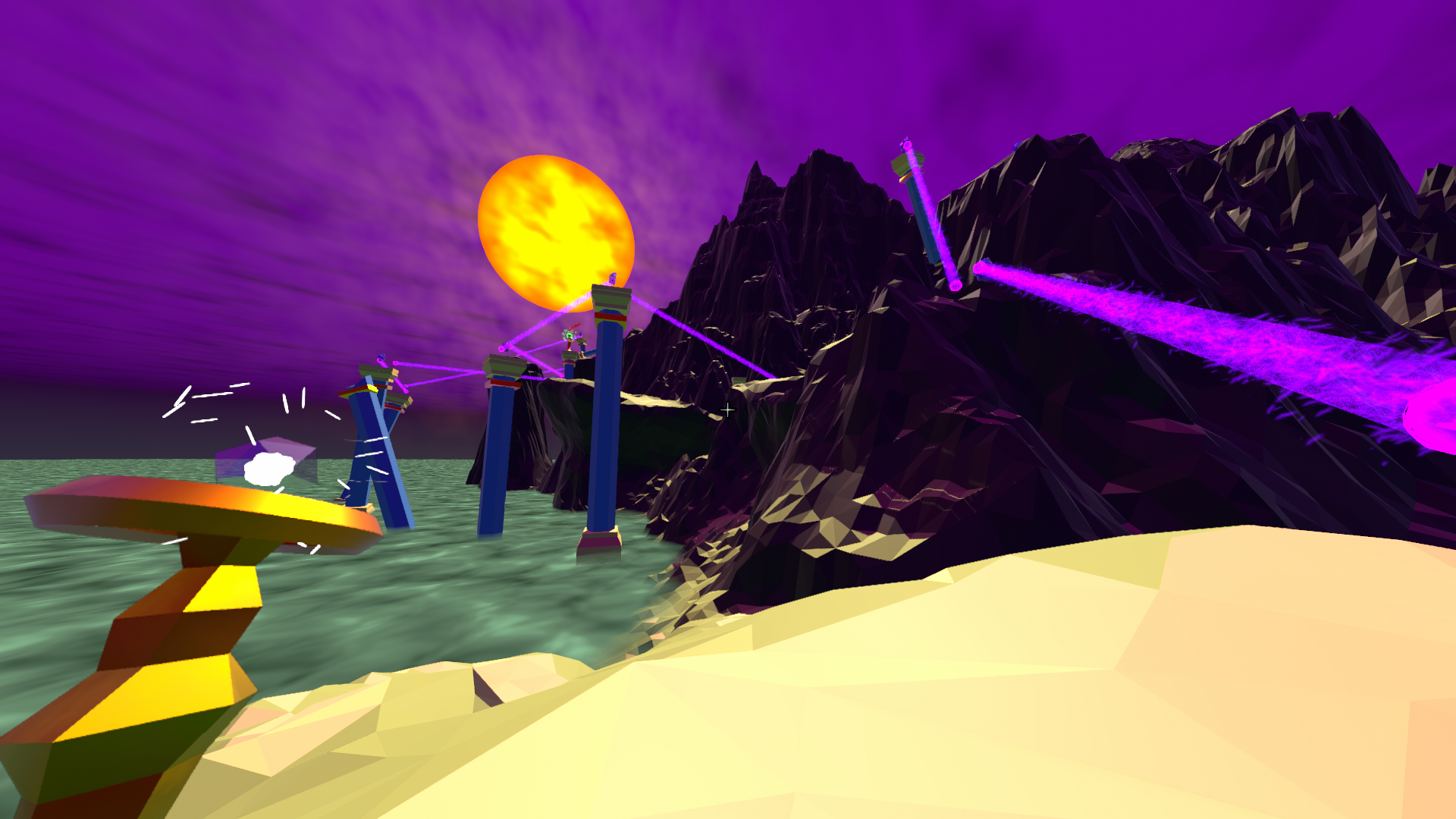
INTERCONNECTED ATMOSPHERE
Conjuring Brings Trouble
Conjuring Brings Trouble is a singleplayer first person action game made in two weeks. It features an open world map with randomized rounds. I worked on level and game design, as well as music implementation and enemy encounters. You play as Pearl, who must summon her demon wife back to the material plane. To conjure her ritual, you'll need to collect a modest list of ingredients. Given the time constraint, an important focus of this project's design was expandability, so that more content could be added in the future.
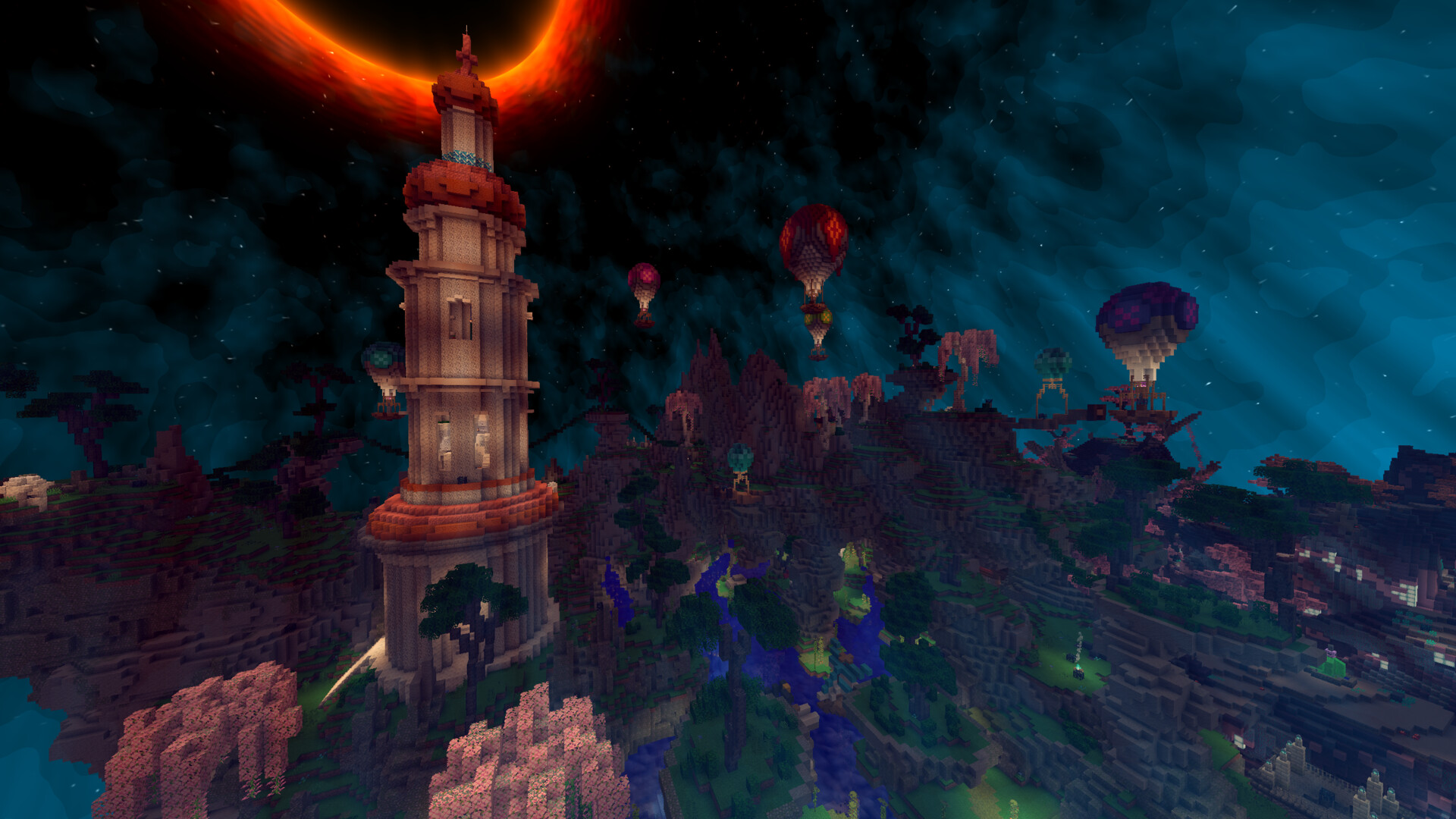
The game is structured in rounds, which are completed by completing a random set of predefined objectives. The world resets at the beginning of each loop, generating new requirements. These mainly consist of finding items in a randomized point of interest, or completing set challenges. We designed a looting system to encourage combat, with it constituting an important component of the gameplay loop. Clearing a full enemy encounter will drop an item of varying rarity, which significantly alter the flow and strategy of combat.
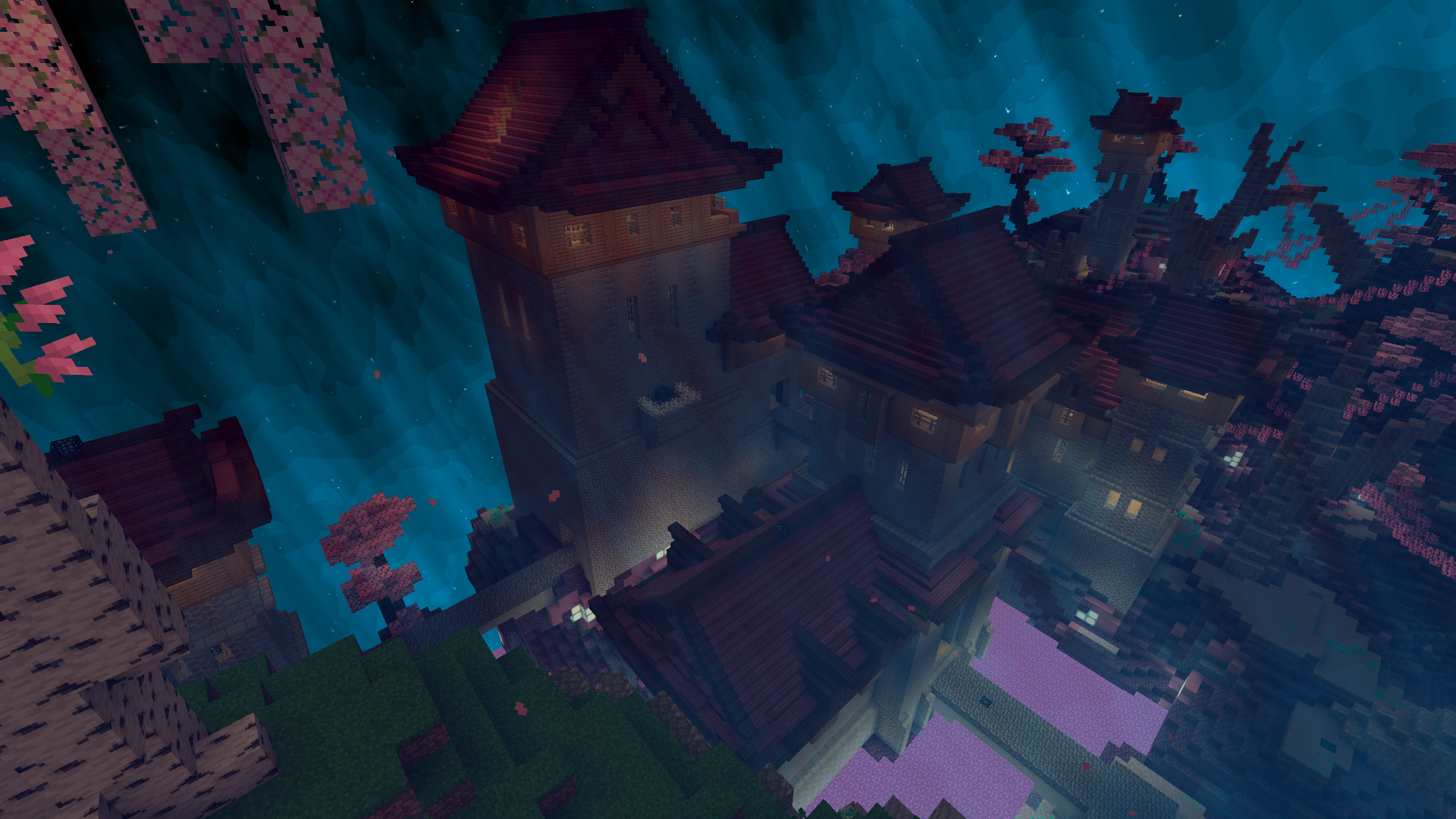
The world has an open layout, divided in 4 interconnected areas. The player begins each loop at one of the five spawn locations, chosen randomly. In order to make traversing through the open world more satisfying, we implemented two main movement tools: Slide and Hookshot. Additionally, jumping on an enemy from sufficient height will trigger a stealth blow attack. These mechanics informed the metrics around which we built the level. I put special care into supporting the stealth blow by adding numerous vantage points from which they can be performed. A lot of thought was put in how and where areas intersected, since learning how to efficiently traverse the world is a substantial part of progression. The chokepoints these connections allowed us to create challenging combat encounters for the player to learn across rounds.
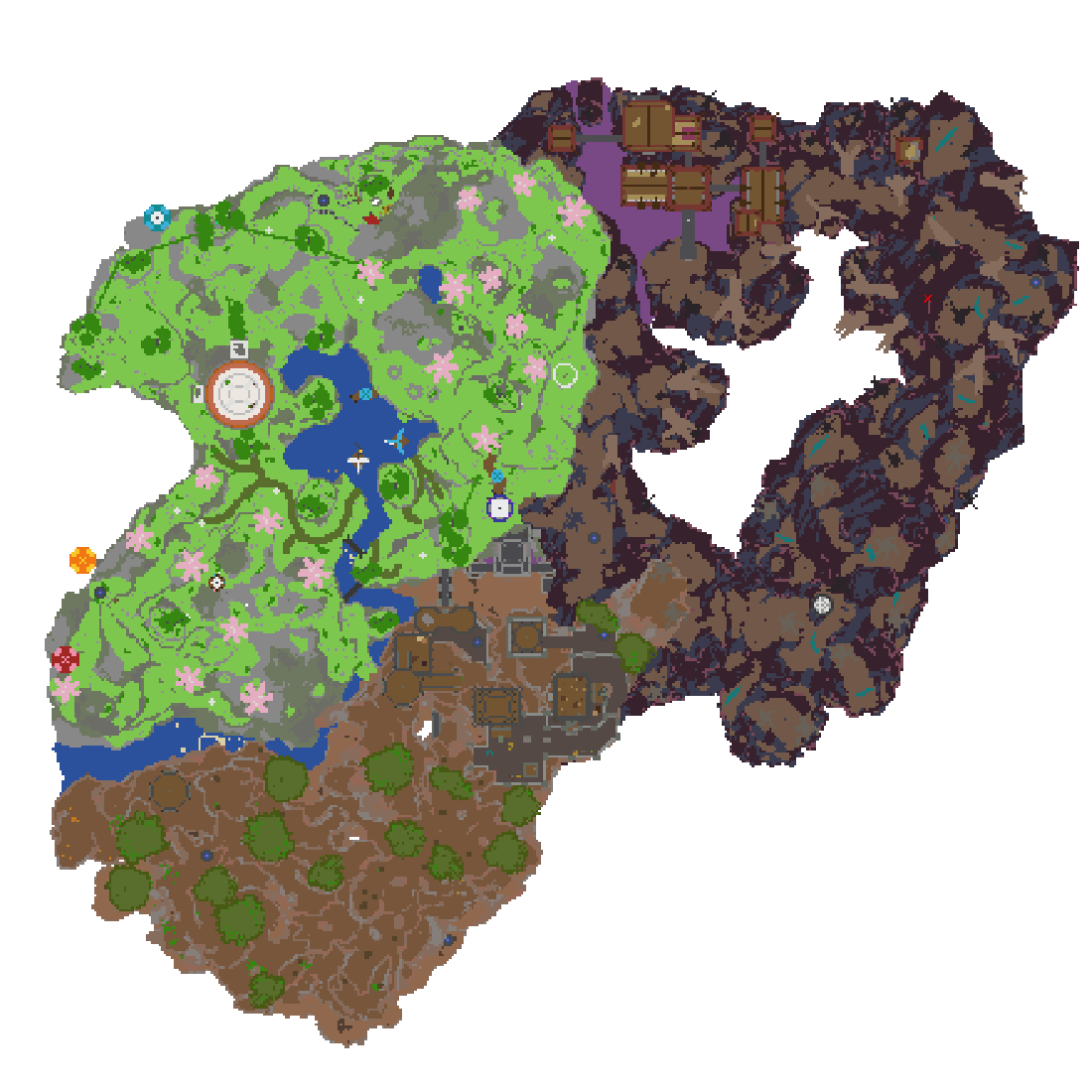
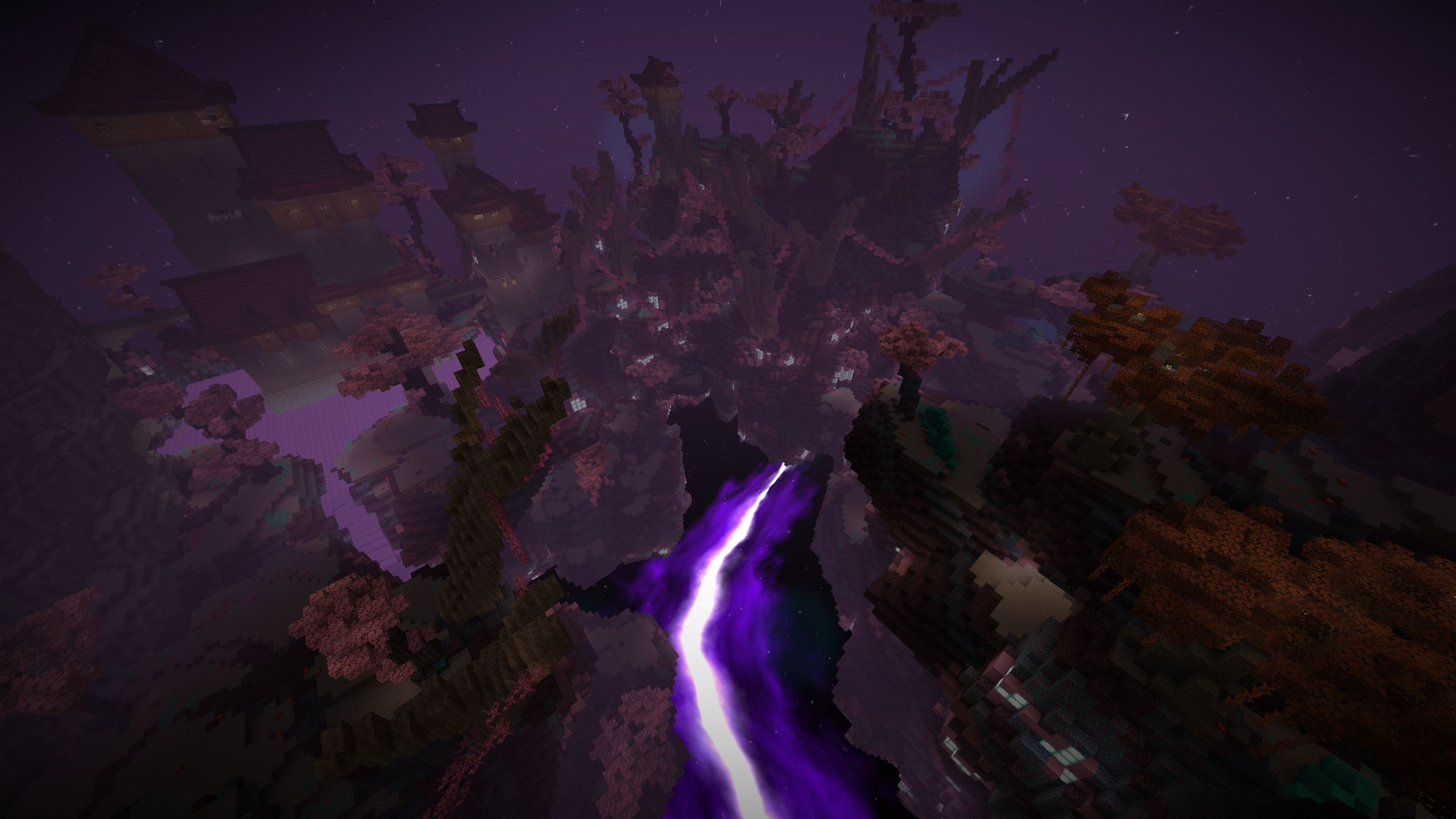
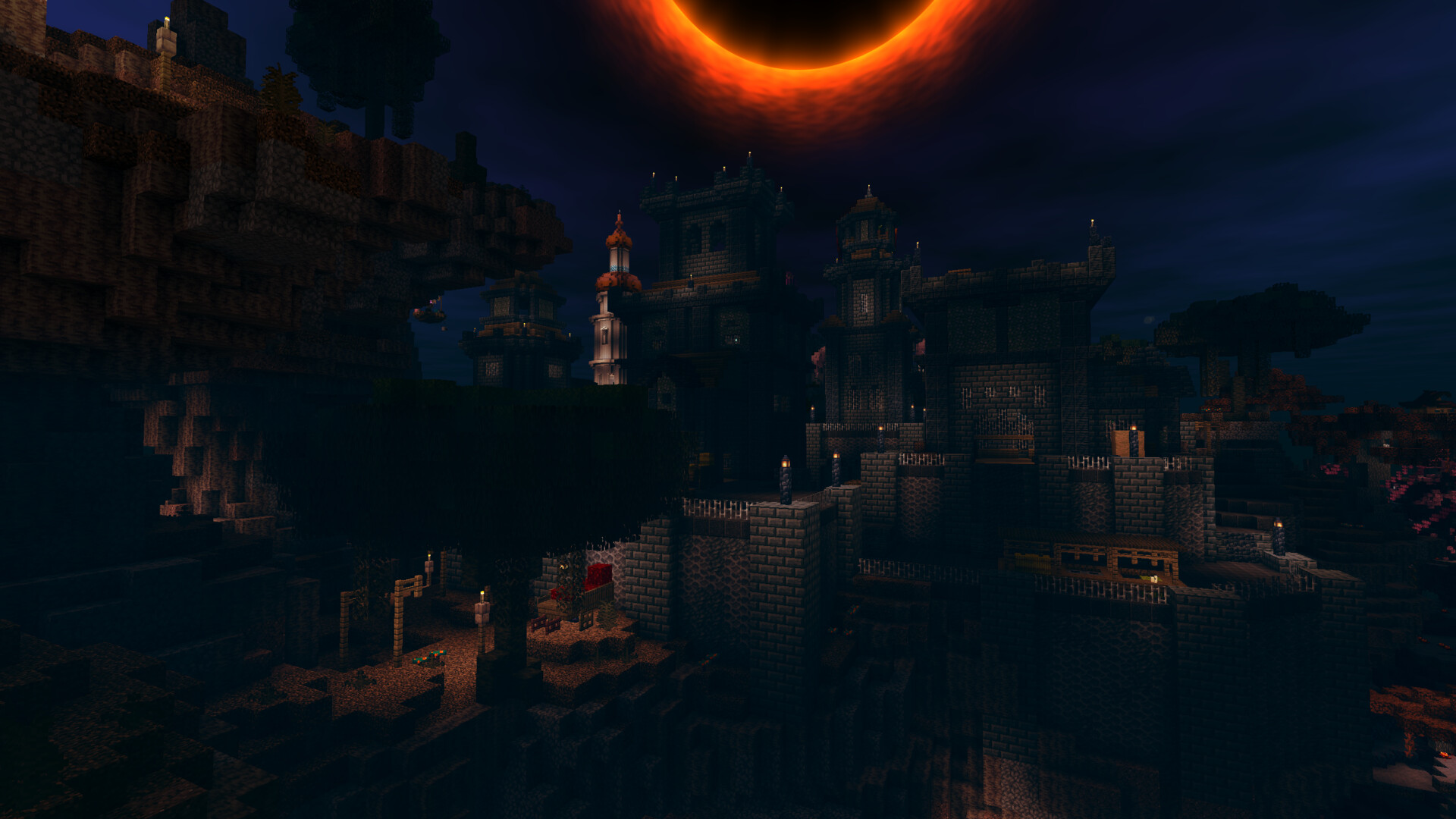
Art direction was one of the project's strongest driving factors, substantially affecting level design. It combined multiple influences, ranging from Bloodborne's architecture and universe to The Witness' anatomical terrain shapes. Each area was planned with its own distinct shader effects, greatly driving its visual identity. For example, in Rift, its overall layout aims to support its namesake effect. In Grasp, I designed the ground to be flatter with more dramatic height changes in order to highlight the fog, and I took advantage of it hiding enemies for sneaky encounters.
Conjuring Brings Trouble project page
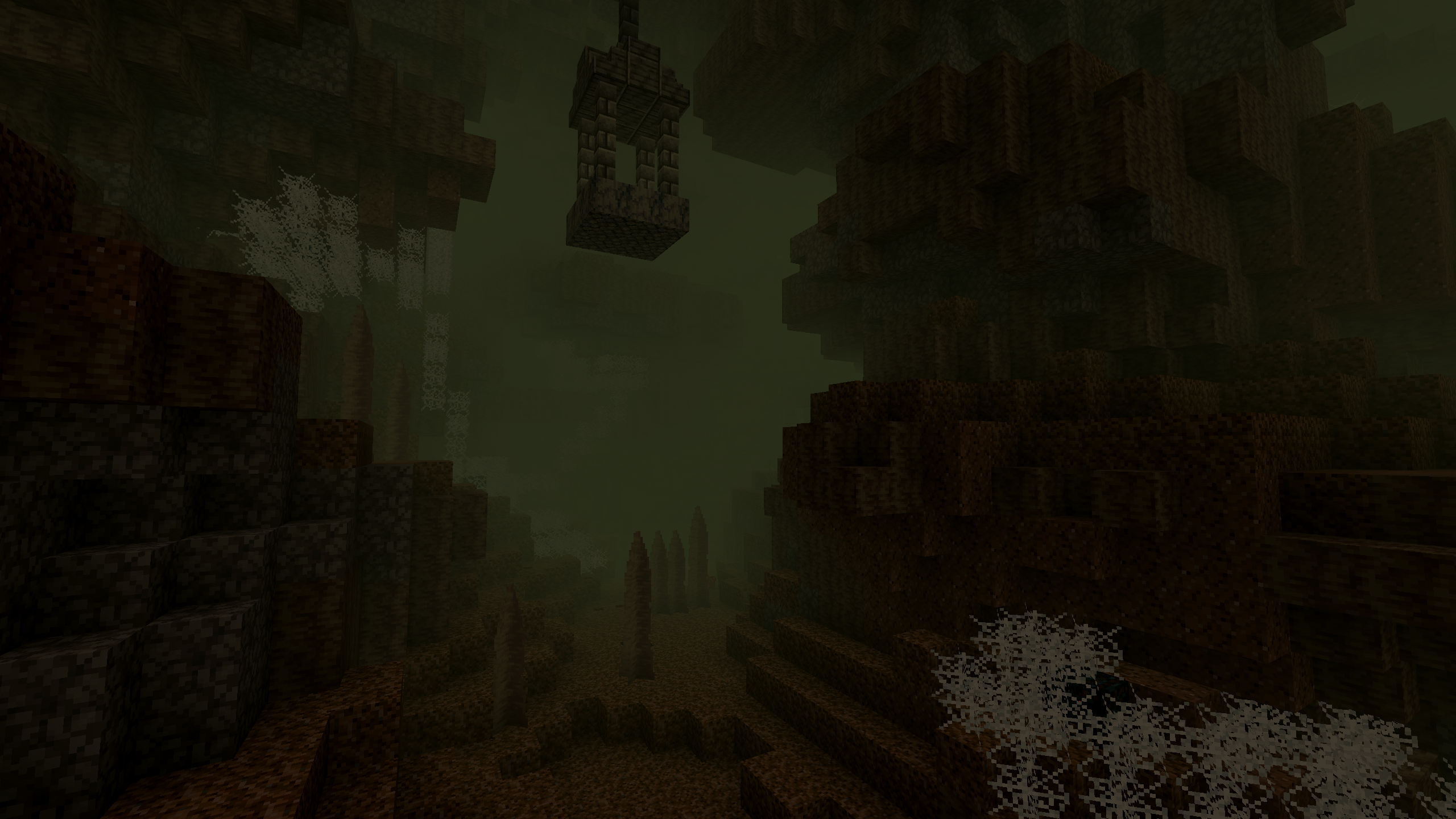
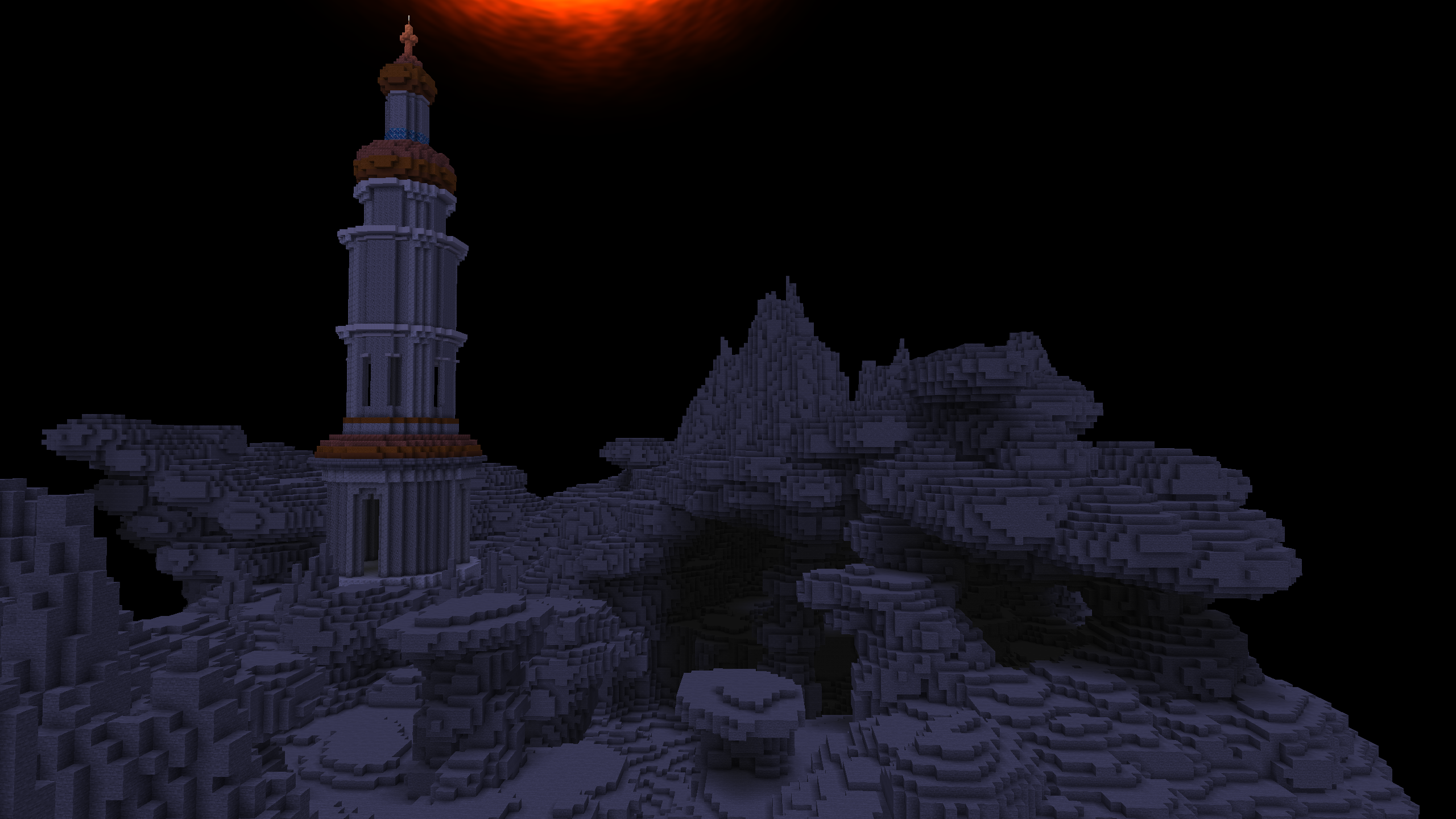
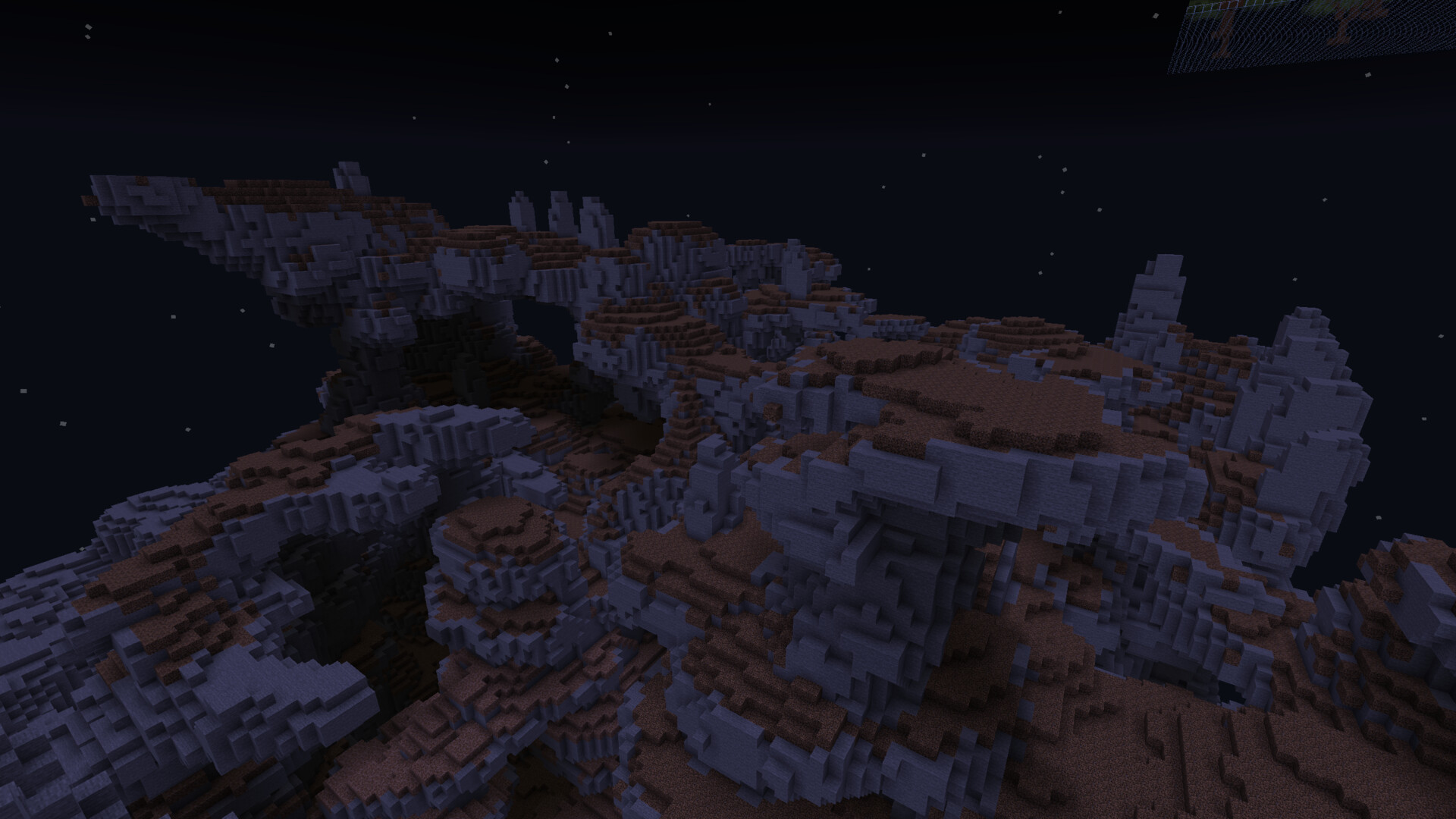
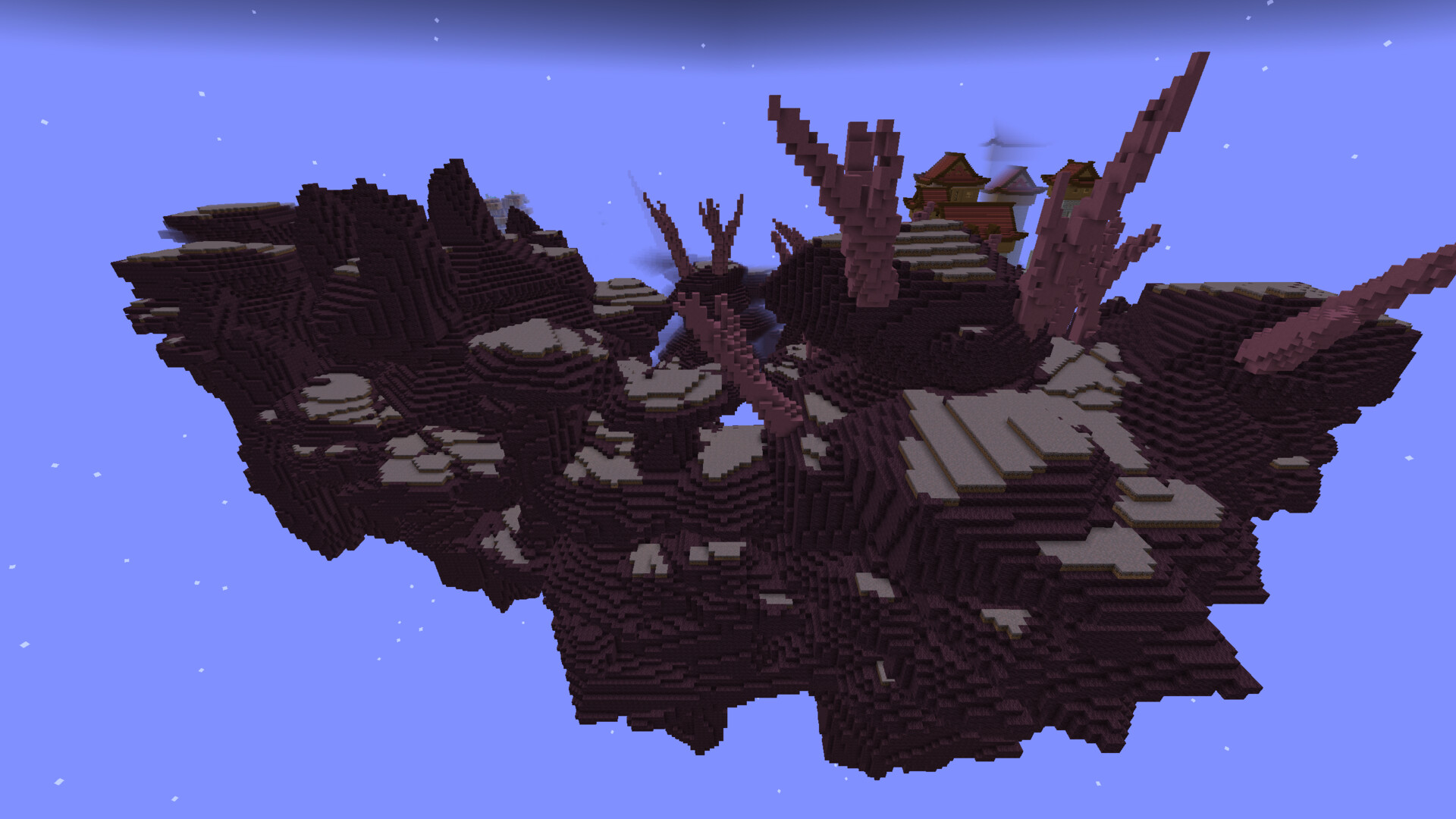
FLOW AND BALANCE
Jungle Breeze
Jungle Breeze is a PvP first person action game following the popular Minecraft "Capture The Wool" format. I handled all aspects of design and implementation, and organized multiple playtest sessions to gather feedback and iterate. Players are split into two teams, and their goal is to capture two "wool" items from the opponent's base, and bring it back to theirs.
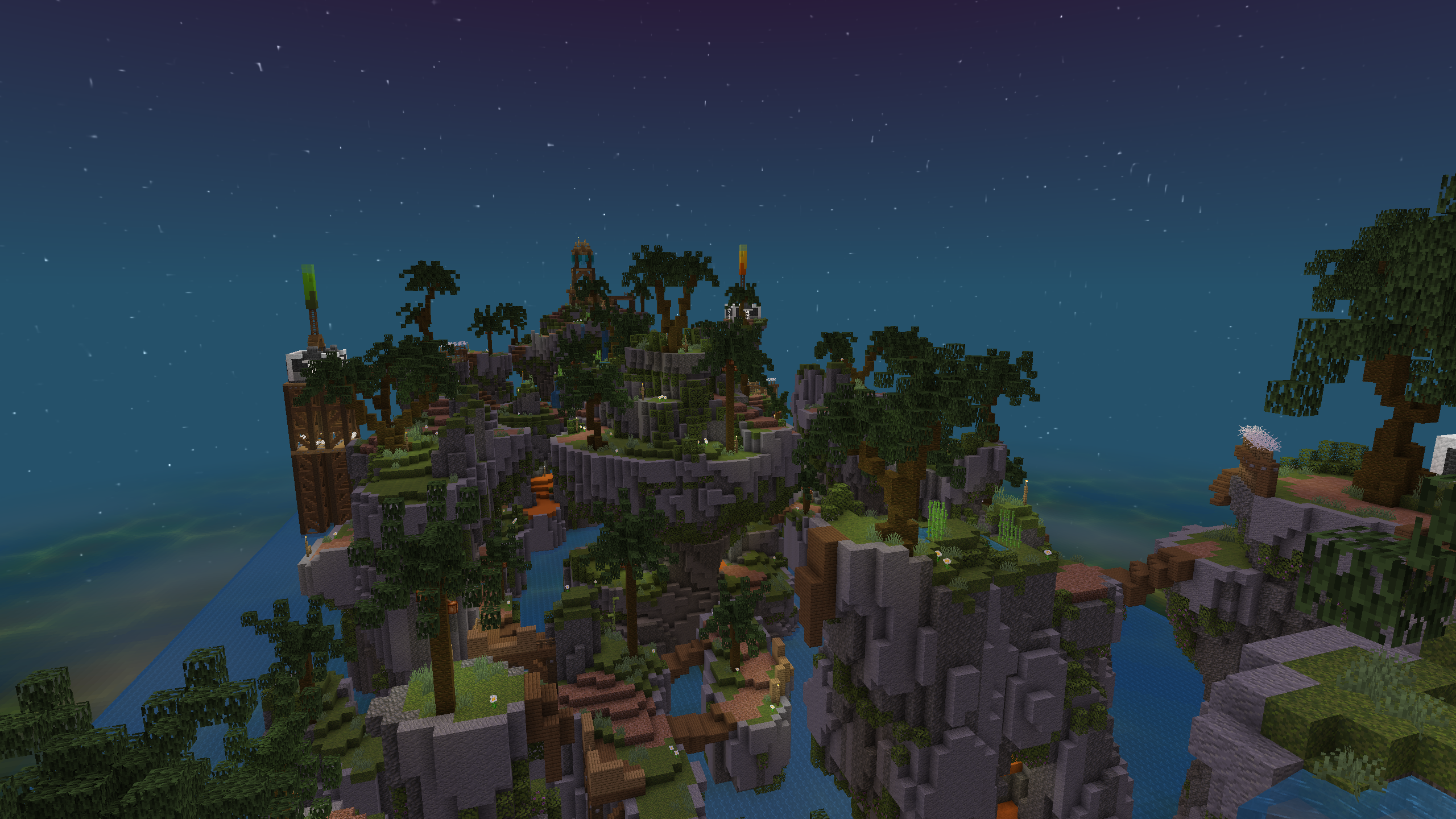
This format is very well established in the Minecraft PvP community, with well over 10 years of history. My goal was to pay hommage to the genre's roots, while creating a modern and minimal take on it. The design is firmly rooted in base Minecraft mechanics and its sandbox elements, with my primary focus being on flow, balance, and strategic diversity.

I followed a methodical approach to designing the map, first sketching a layout, then iterating and refining the blockout as much as possible, and finally adding detail layers. Metrics are finely tuned to the specifics of Minecraft movement, and also account for mechanics such as wind charges, TNT cannons and the mace.
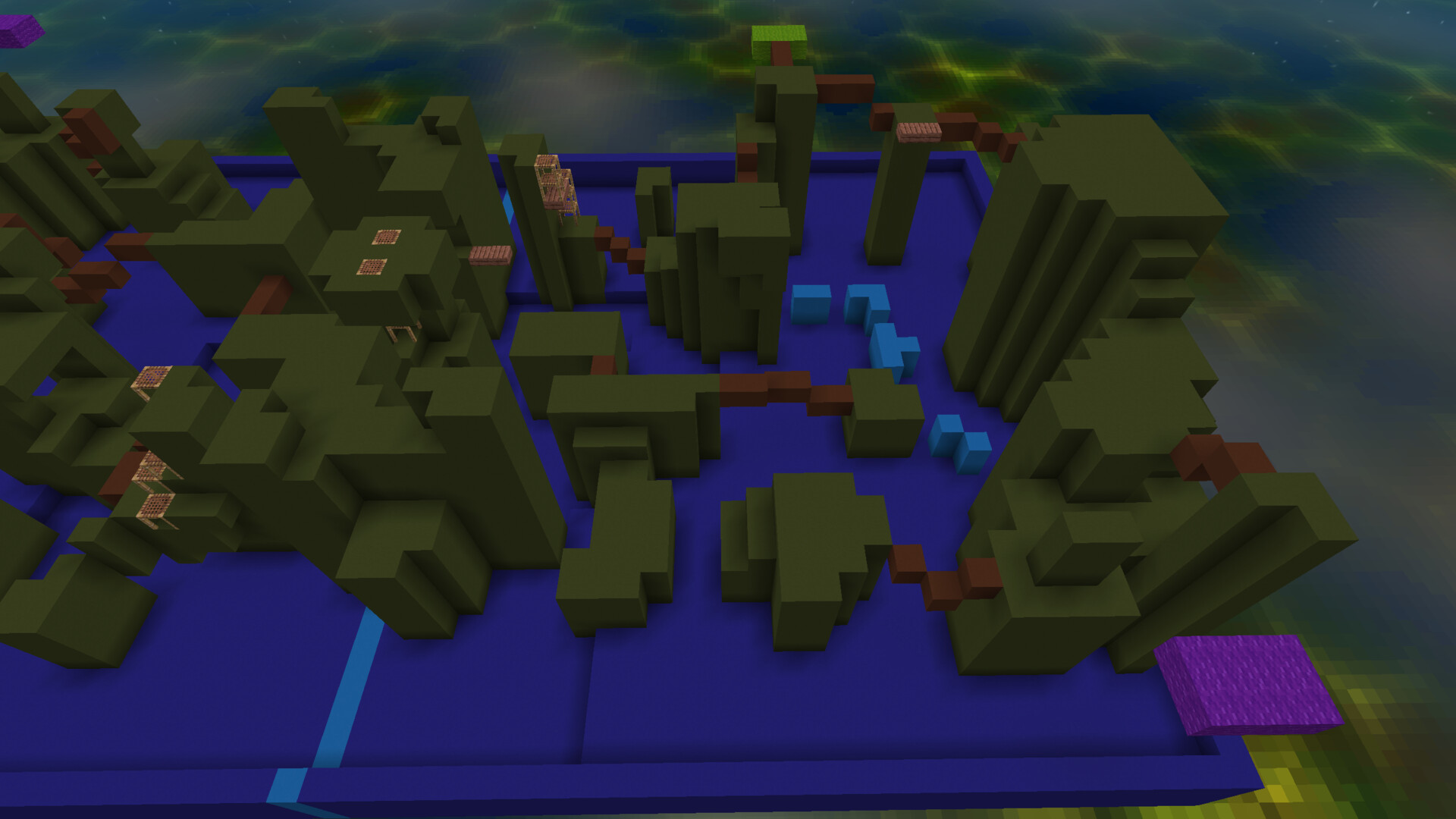
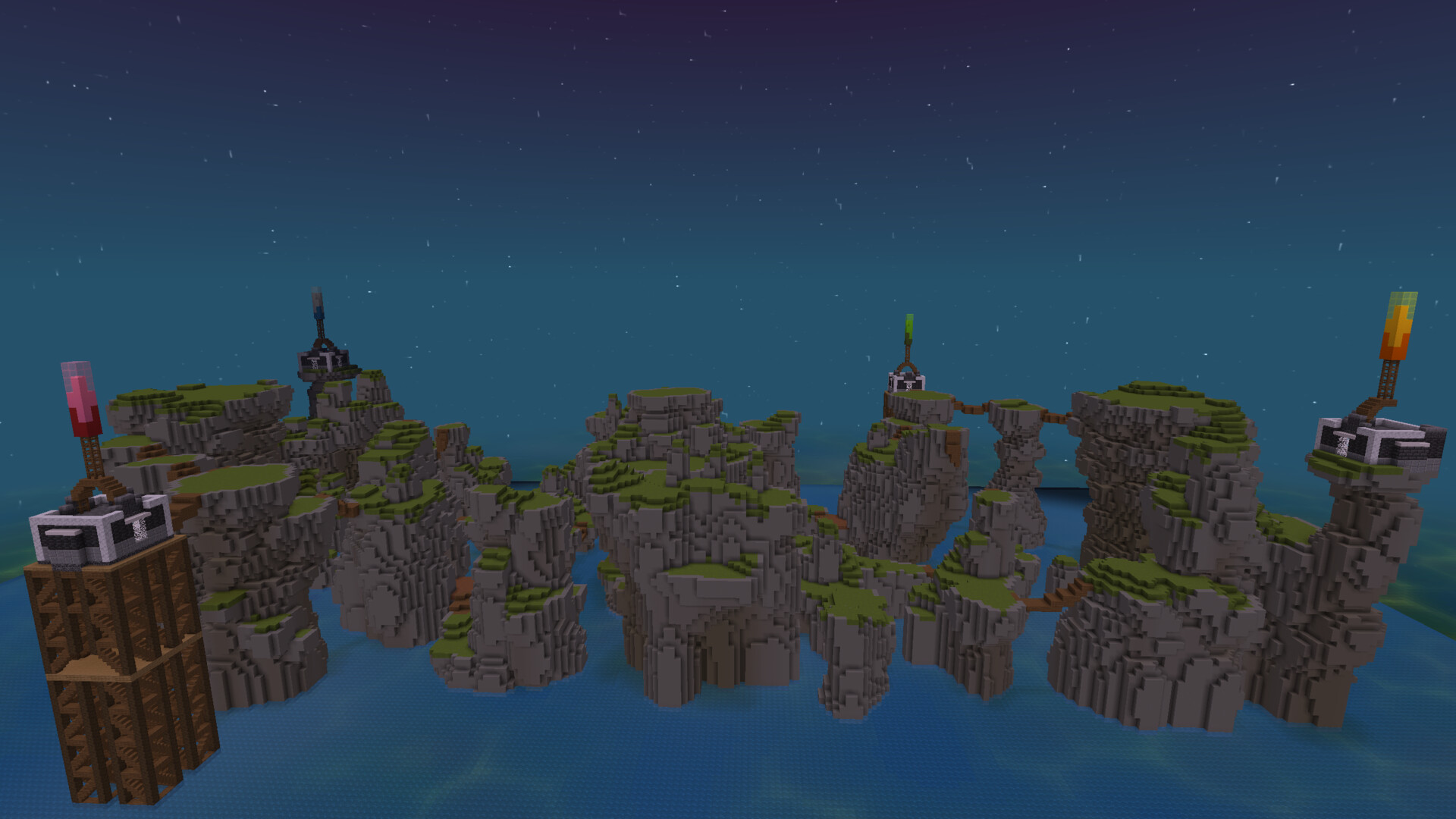
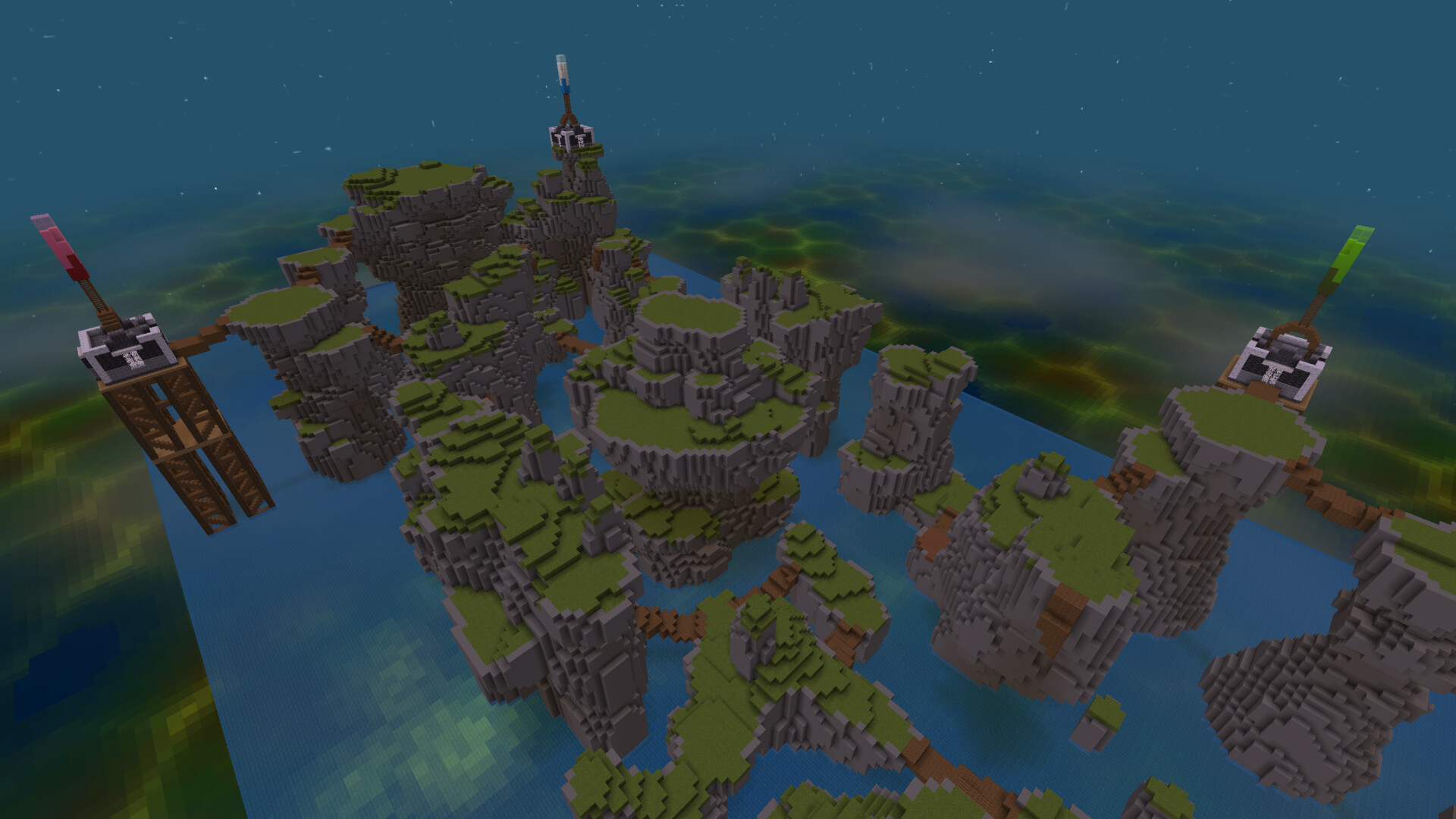
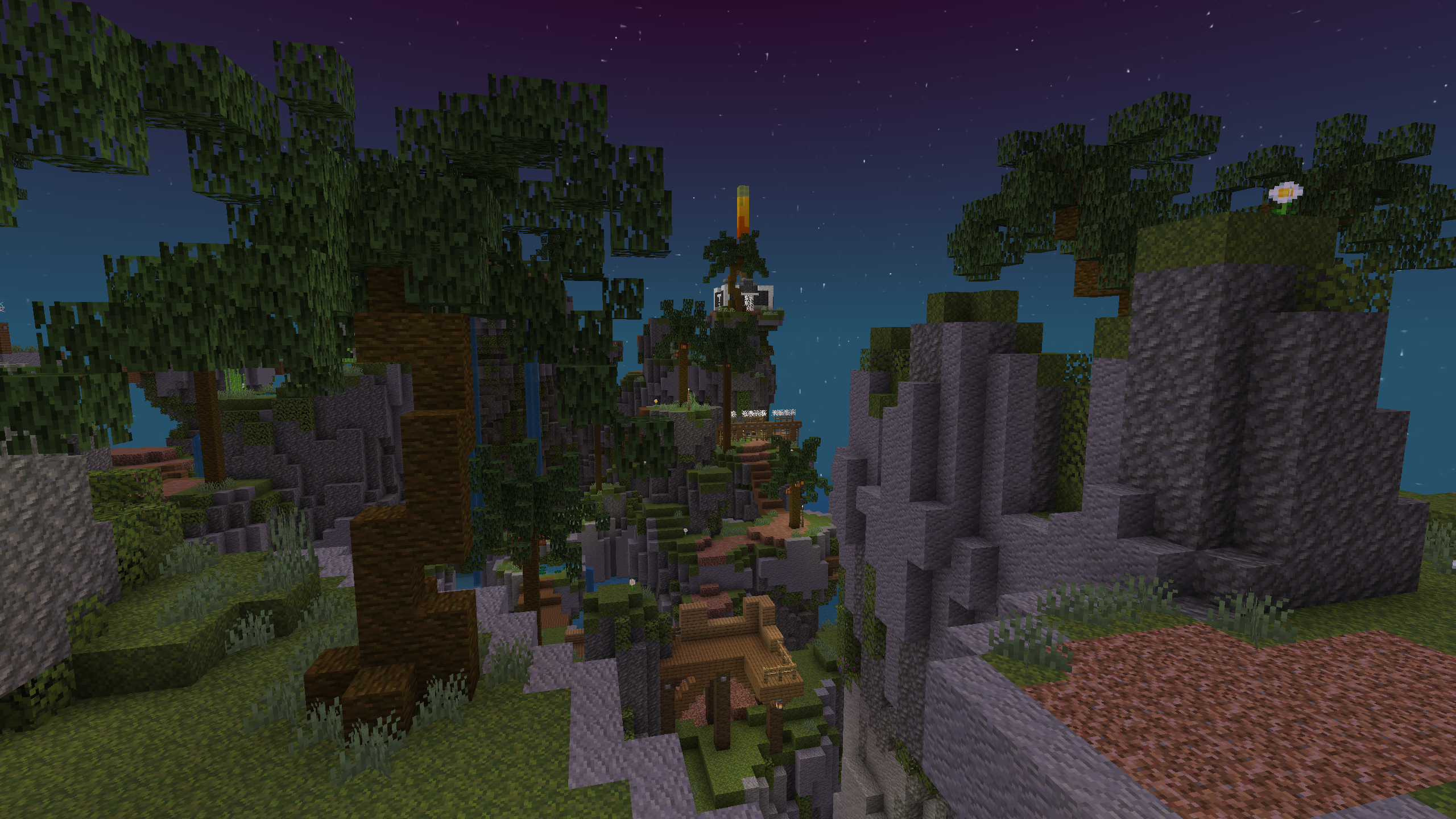
INFORMED WORLDBUILDING
The Albian Times
The Albian Times is a narrative game made in Unity as a year-long university project. Set in an alternate retro-futuristic timeline, the player manages a global newspaper and direct public opinion to influence world events. I worked on design, UI, decision-making algorithms, and worldbuilding.
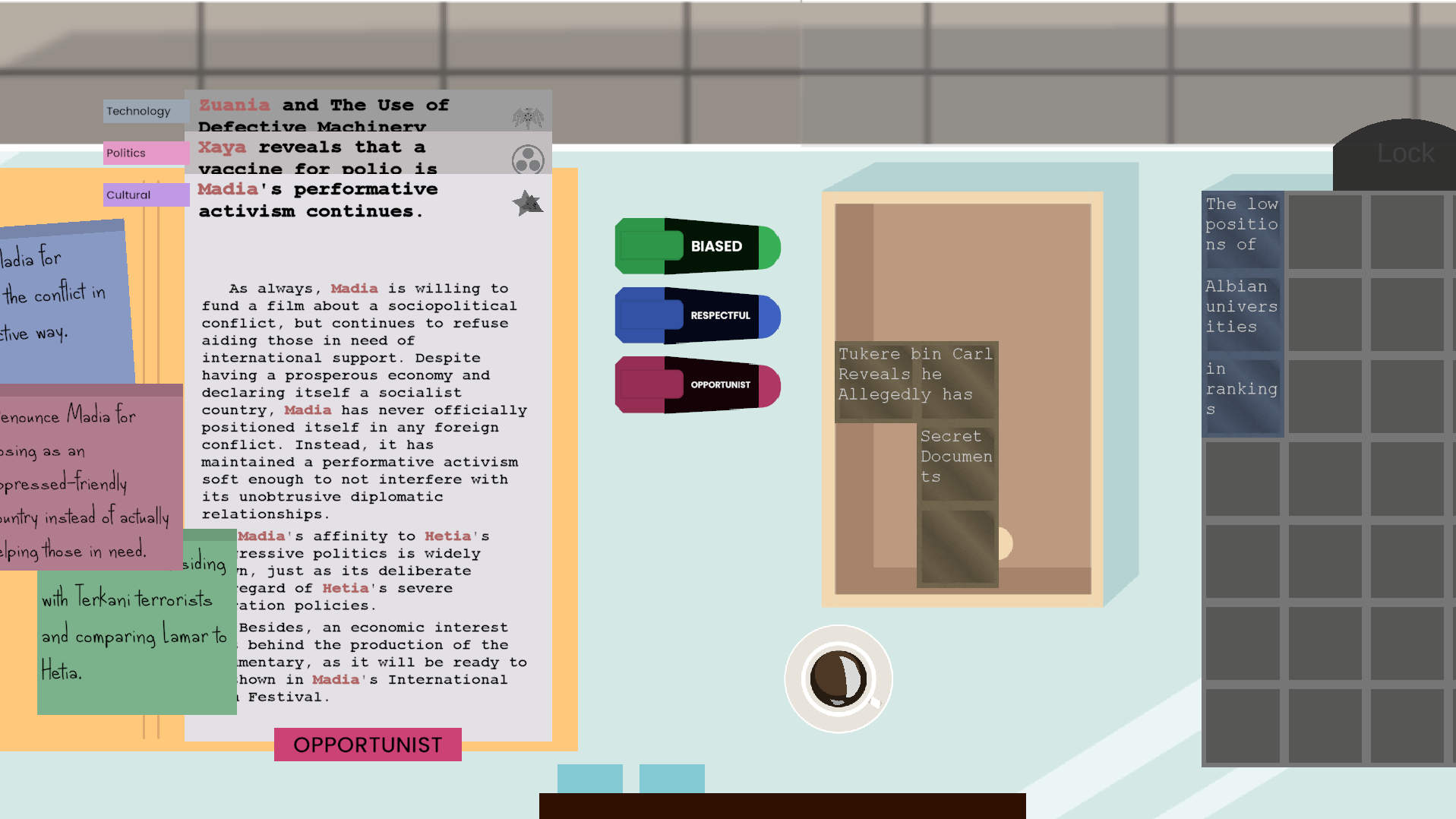
Creating its universe and world map involved extensive research into real-world geopolitics, borders, and history. We crafted the history and national identities of the 9 countries that can be interacted with, as well as a large multitude of connections between them including migration, economic dependencies, and border disputes. The game exists as a vertical slice, incorporating pieces of the worldbuilding into news and dialogue.
The Albian Times on itch
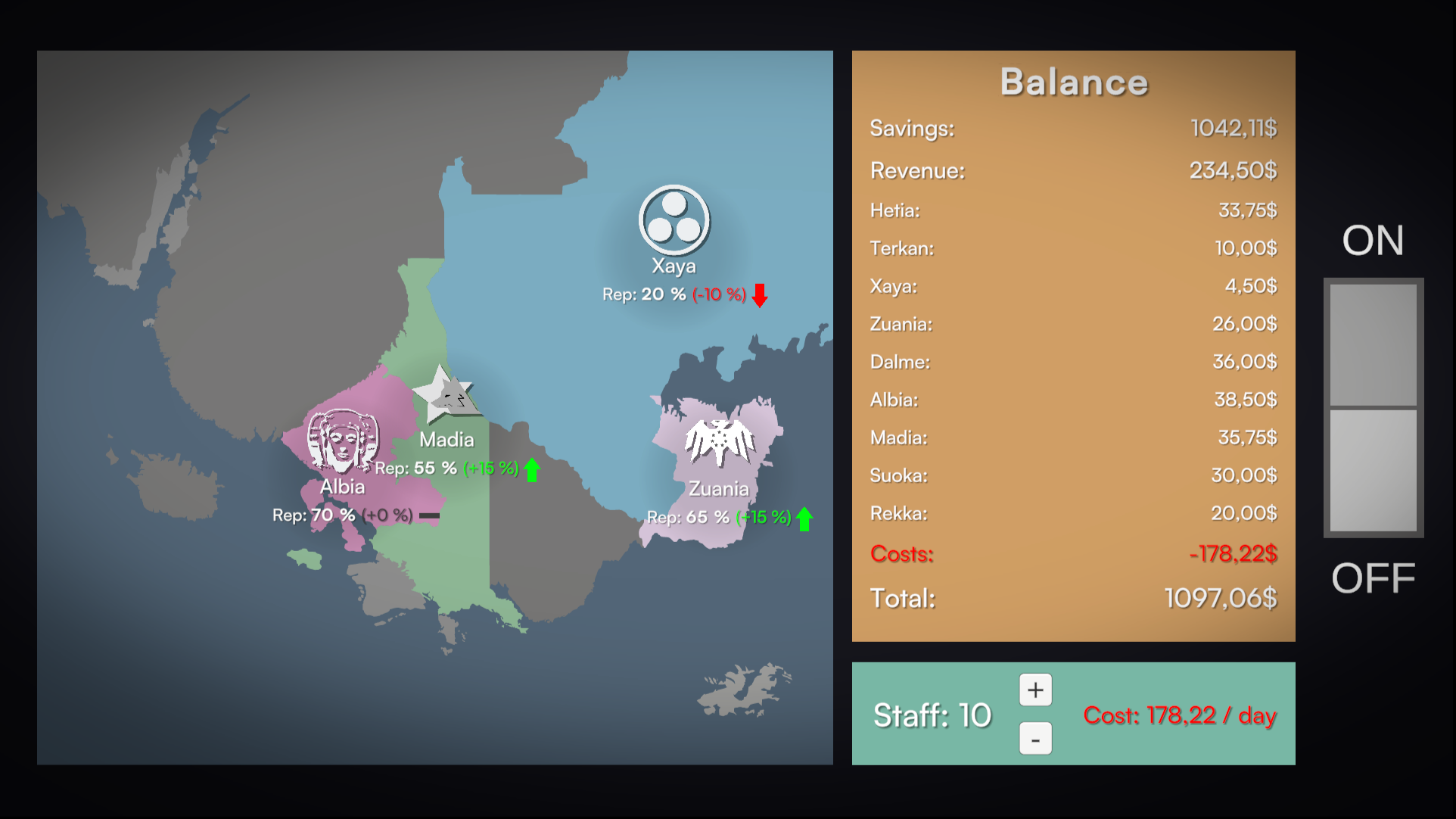
PROGRESSION AND PILGRIMAGE
Burnout Fantasy
Untold Stories 8: Burnout Fantasy is an action survival game and the eighth entry in the Untold Stories map series. I collaborated with the series' creator RenderXR, splitting game and level design duties, and taking care of most gameplay programming. As some of the most popular in its niche, Untold Stories maps have an established style with specific audience expectations. They are well known for their creative use of existing Minecraft mechanics and minimal but highly memorable aesthetics.

The player is tasked with retrieving 12 crystals scattered across distinct areas in the world and placing them in a central monument. Progression is driven by resource gathering from the environment and by defeating enemies, as well as from chests, which are typically found after combat encounters and secret locations. Their placement is a very significant variable when designing levels, acting as the reward in the gameplay loop. We made an active effort to give them in a way that feels earned, and balanced them so as to not devalue future rewards. This is a frequent issue in other maps of this genre, where in order to ensure players of all skill levels have enough resources, too much duplicate loot is given, lowering its perceived value. In order to address this issue, especially in our map where the player can lose their inventory on death, we made much of our important loot renewable, with the exception of certain unique items.
In terms of art direction, we wanted the world to have an infernal atmosphere, with each area being visually distinct at a glance. In order to help sell the ambience, we incorporated a post-processing effects unique to each area. We also focused on creating a thematic progression that ramps up throughout the experience, following the idea that the player is engaged in a pilgrimage culminating in the final area, Temple of the Sun.
Burnout Fantasy project page
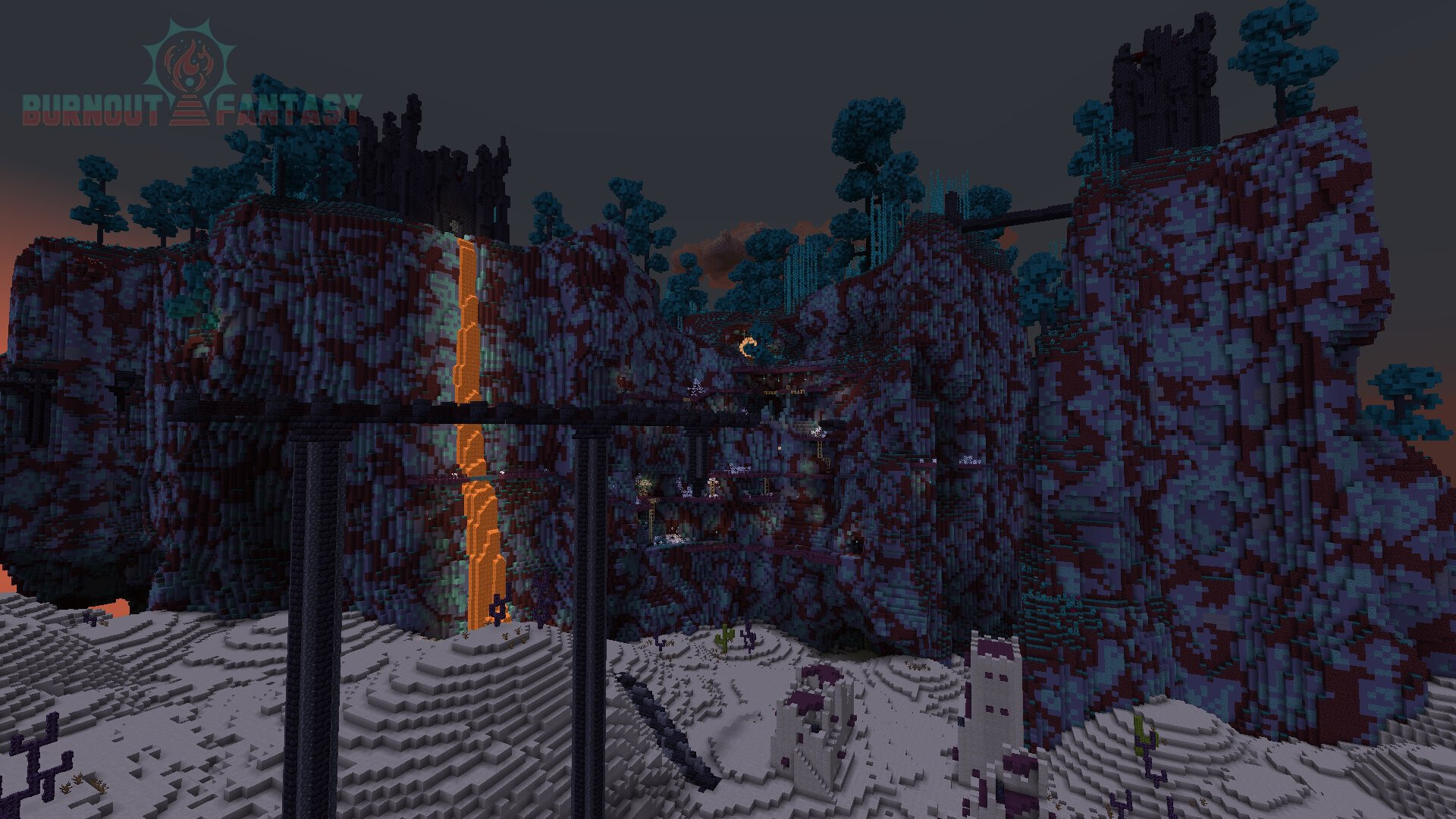
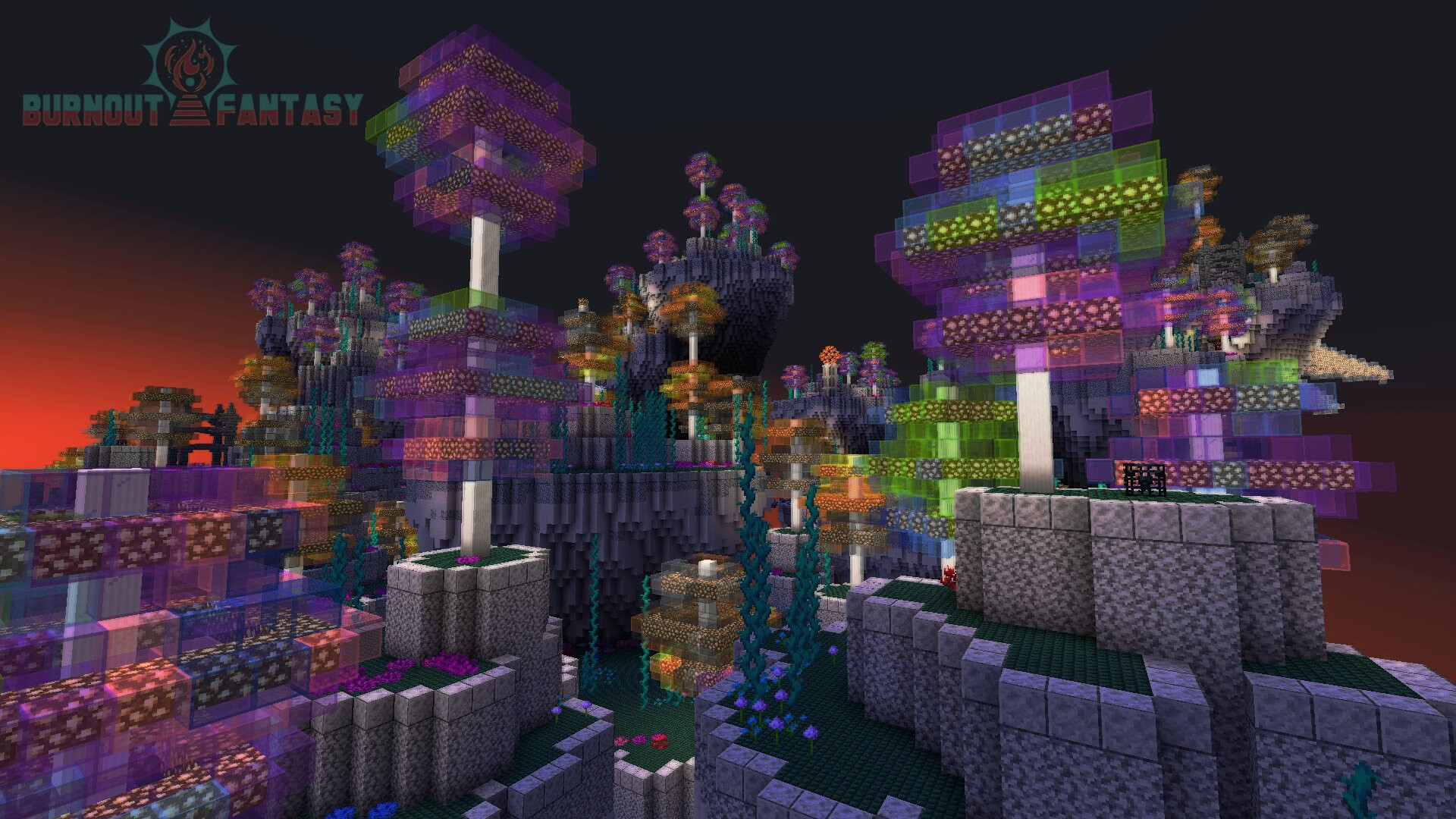
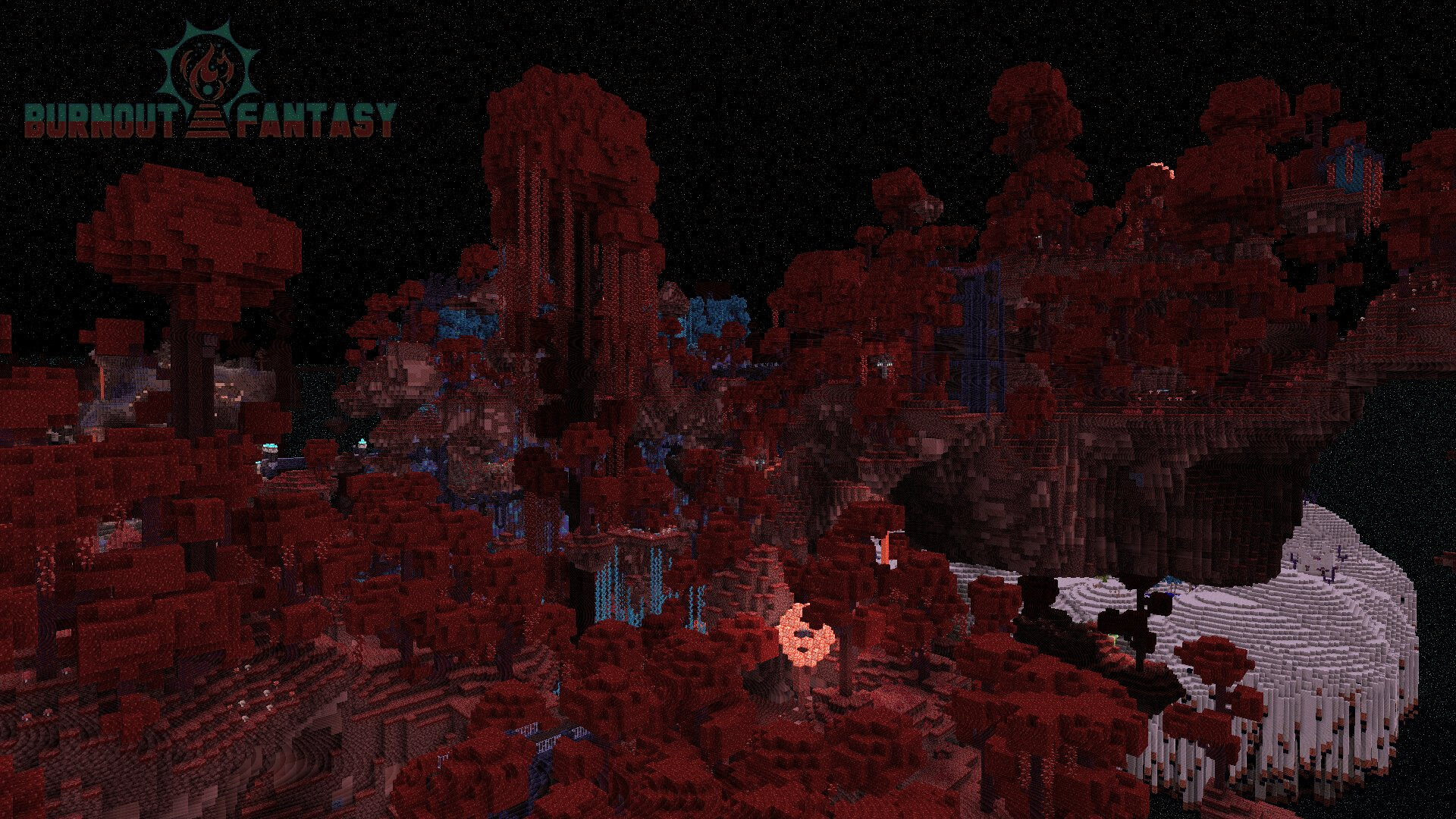
END OF A TRILOGY
Divinity's End
Divinity's End is a first person action-RPG and final entry of the Pantheon map trilogy. Joining the team well into its development, I took on various roles as project lead, level designer, and programmer, coordinating an international team of 25 people. I was also involved in coordinating the quality assurance process and consequent iteration.
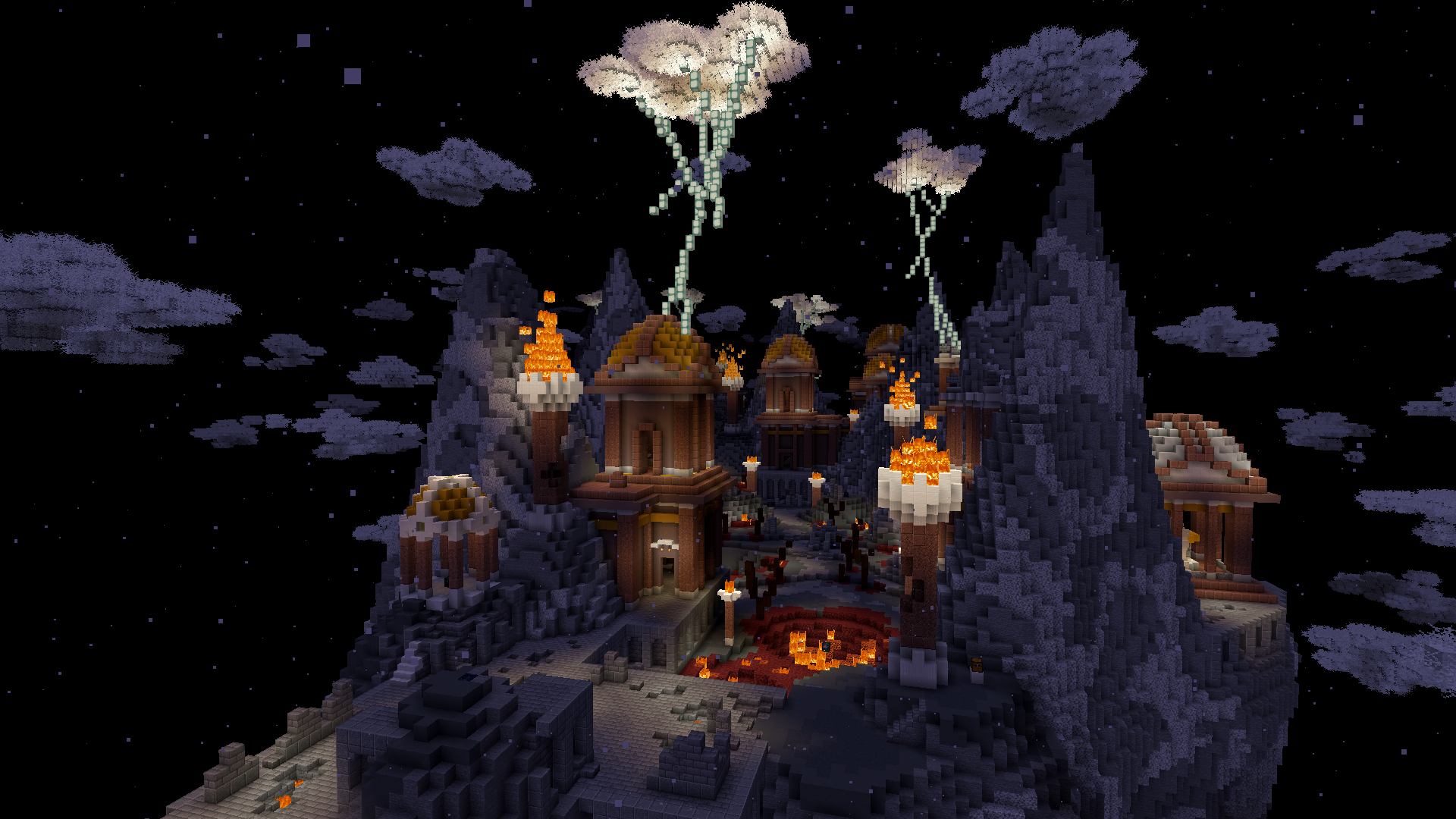
Initially brought in for a level design task, I ended up taking over project management alongside three existing members. At this point, the project had dragged on for several years, and although massive amounts of content had been made, it was very disconnected and in various states of completion. We brought in other creators and in the end, managed to complete the project and ship it less than a year after I joined. It was highly anticipated by the community and had a very positive reception, amassing over 45,000 total downloads.
Divinity's End project page
